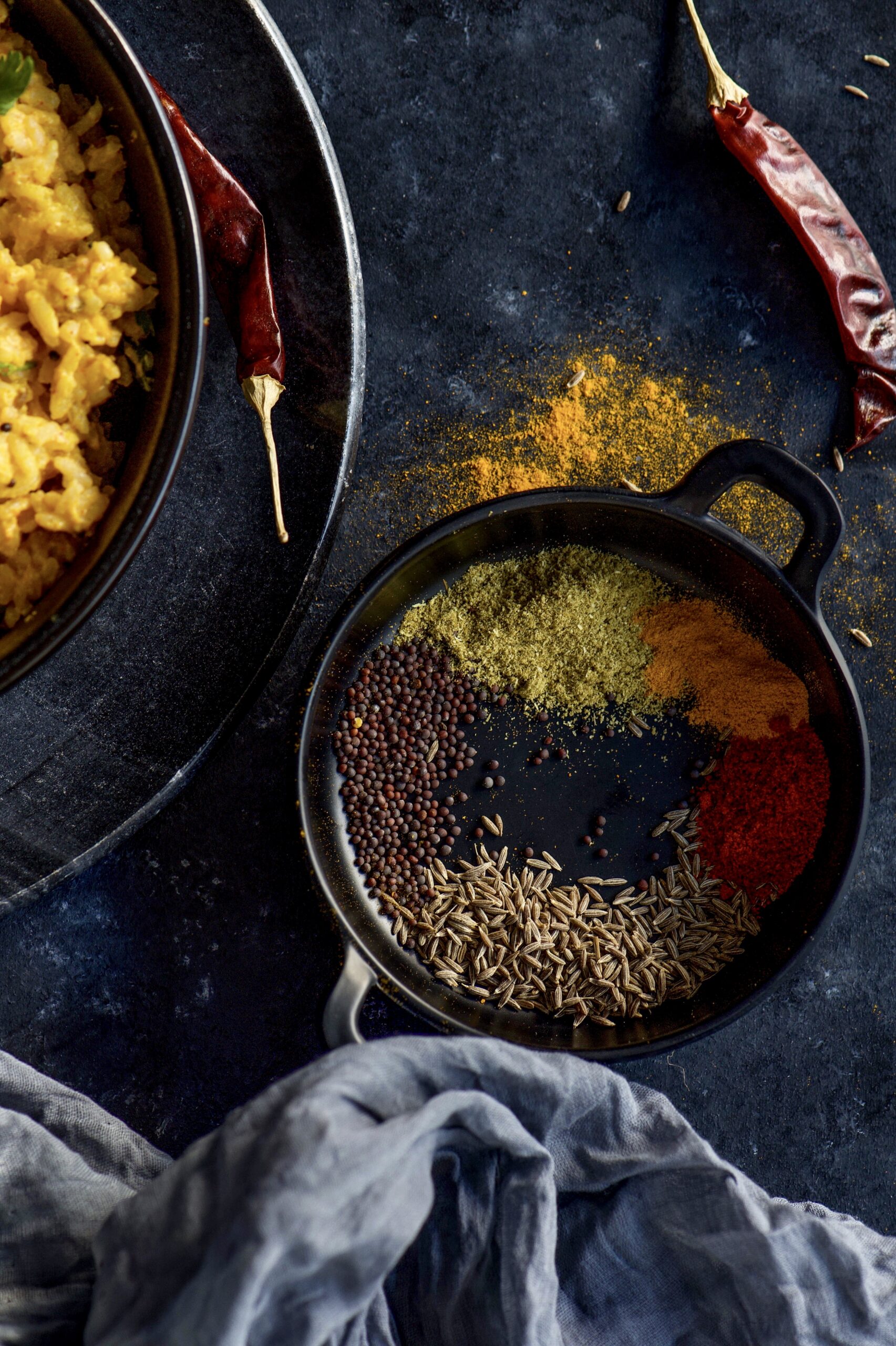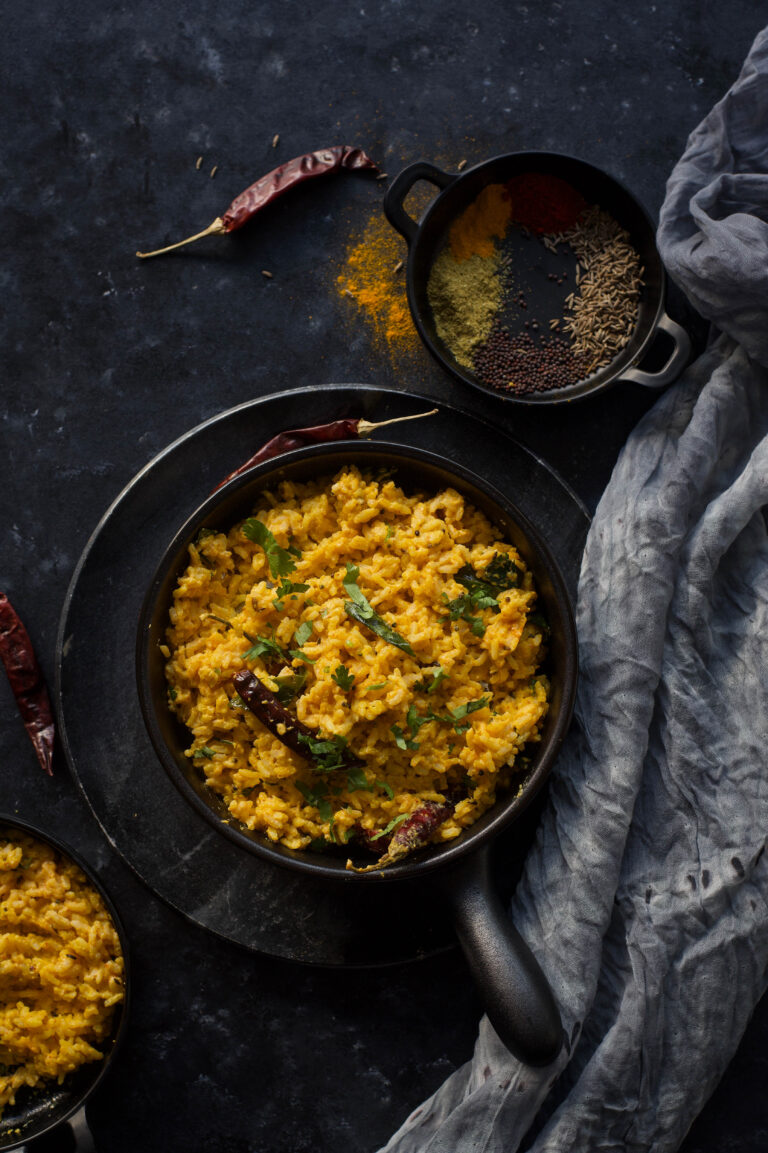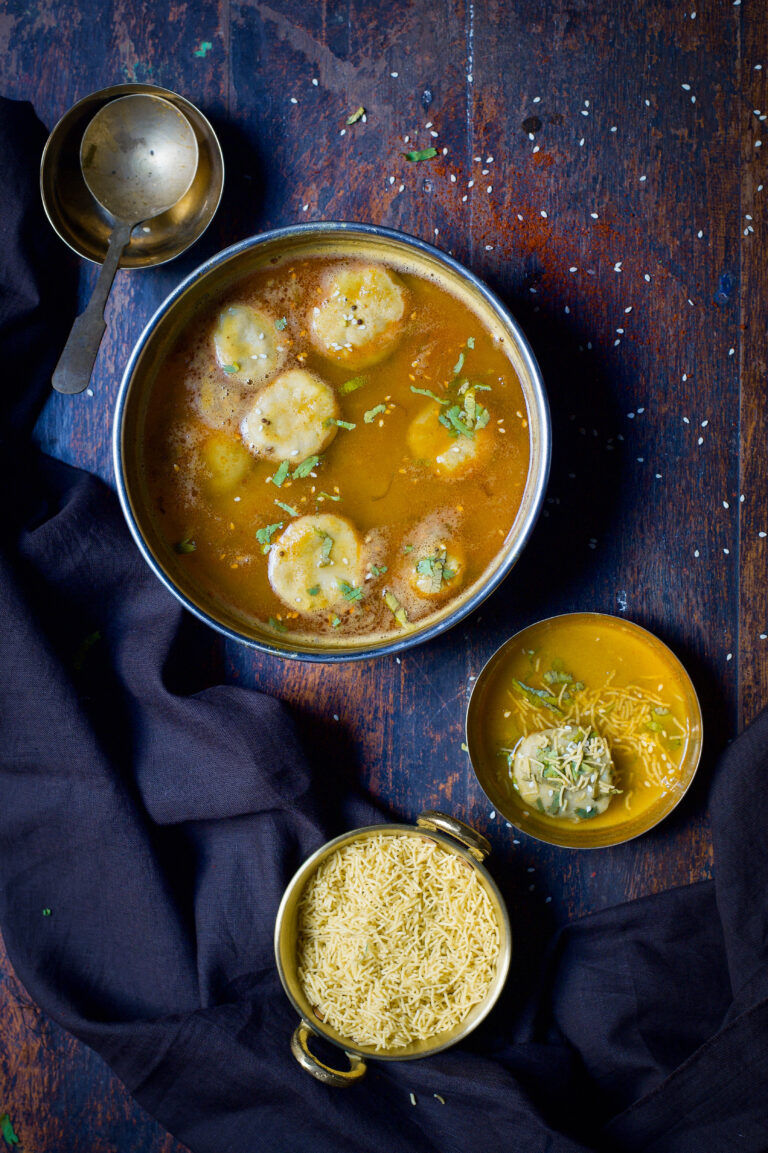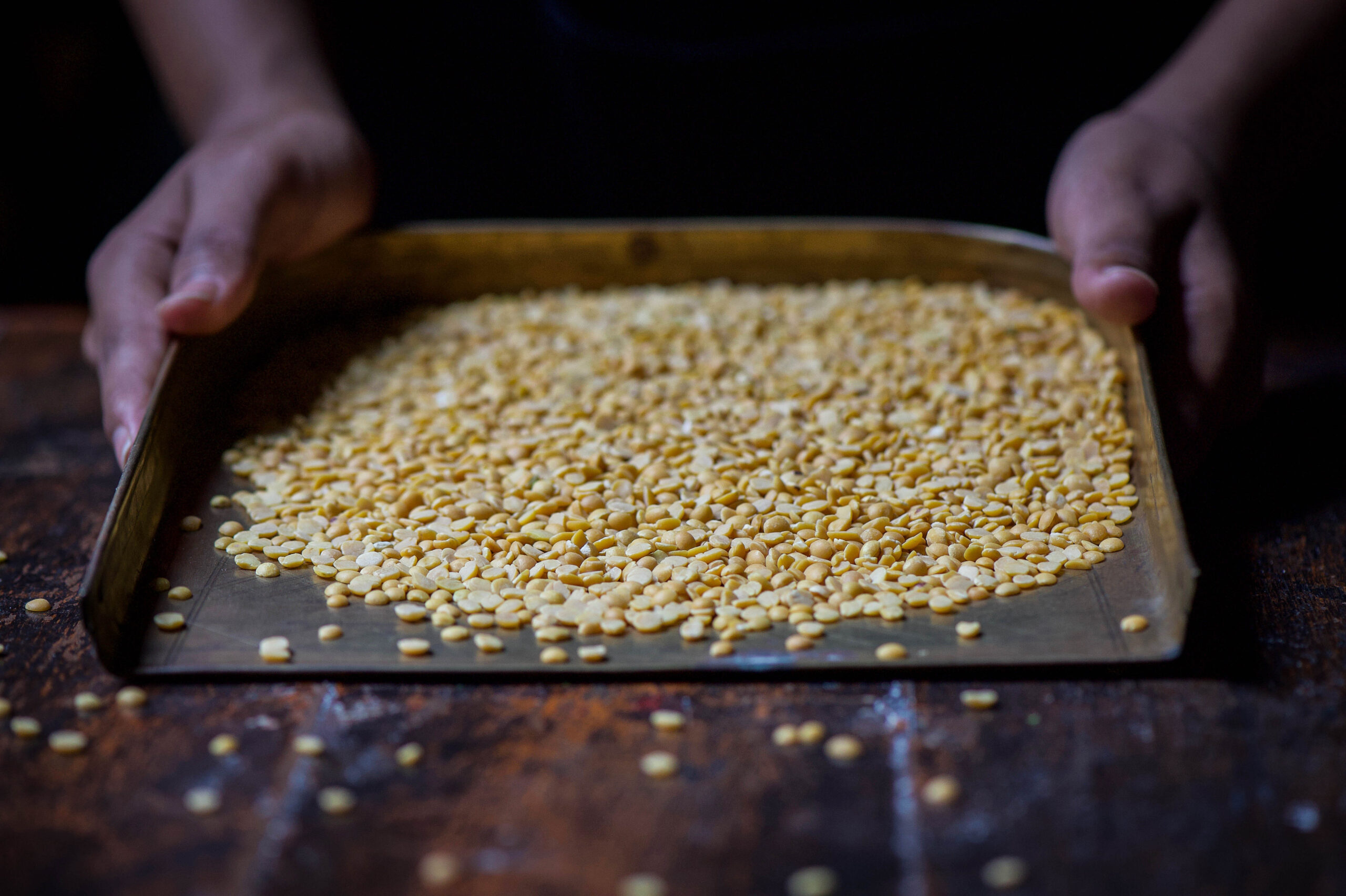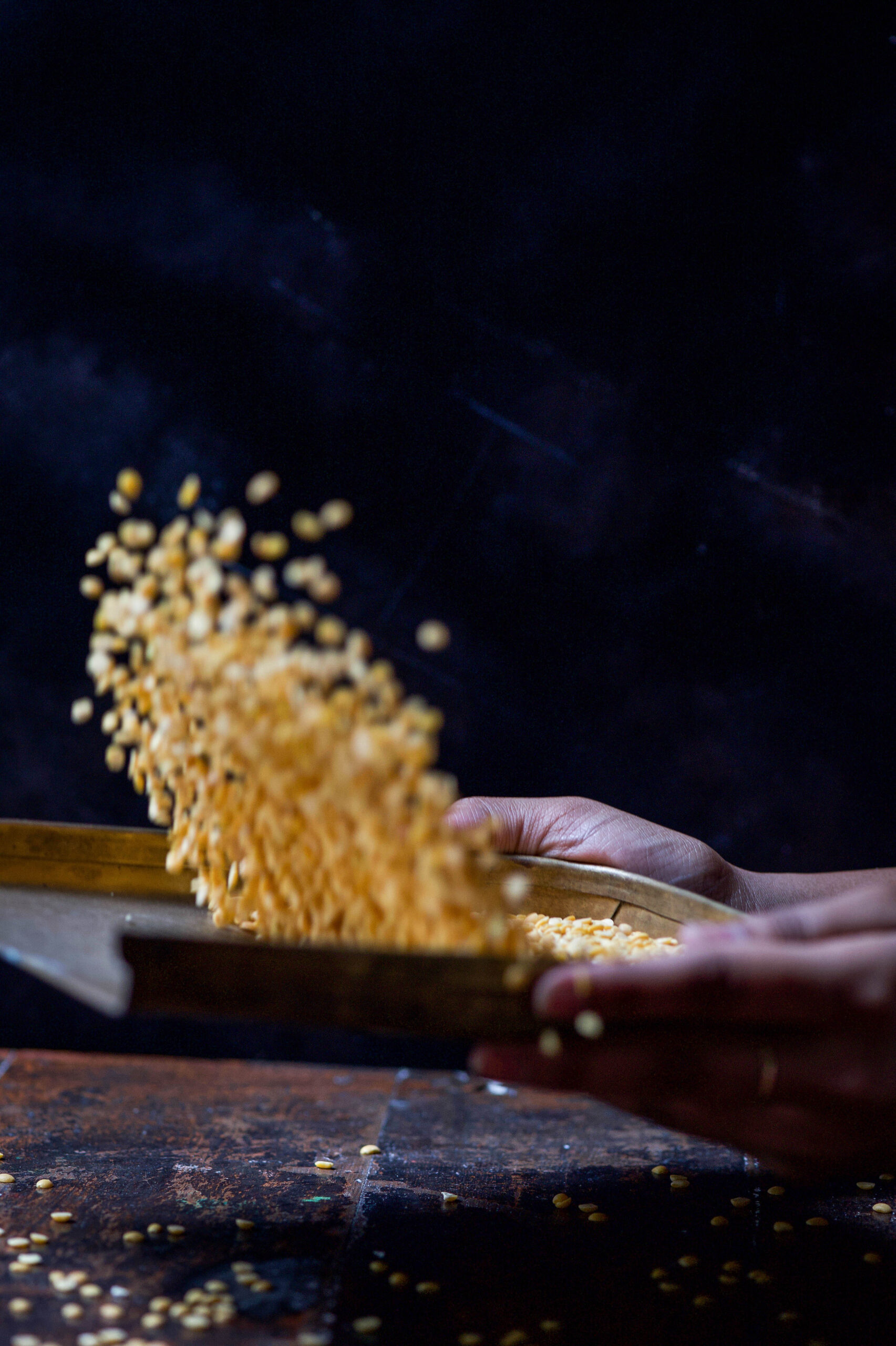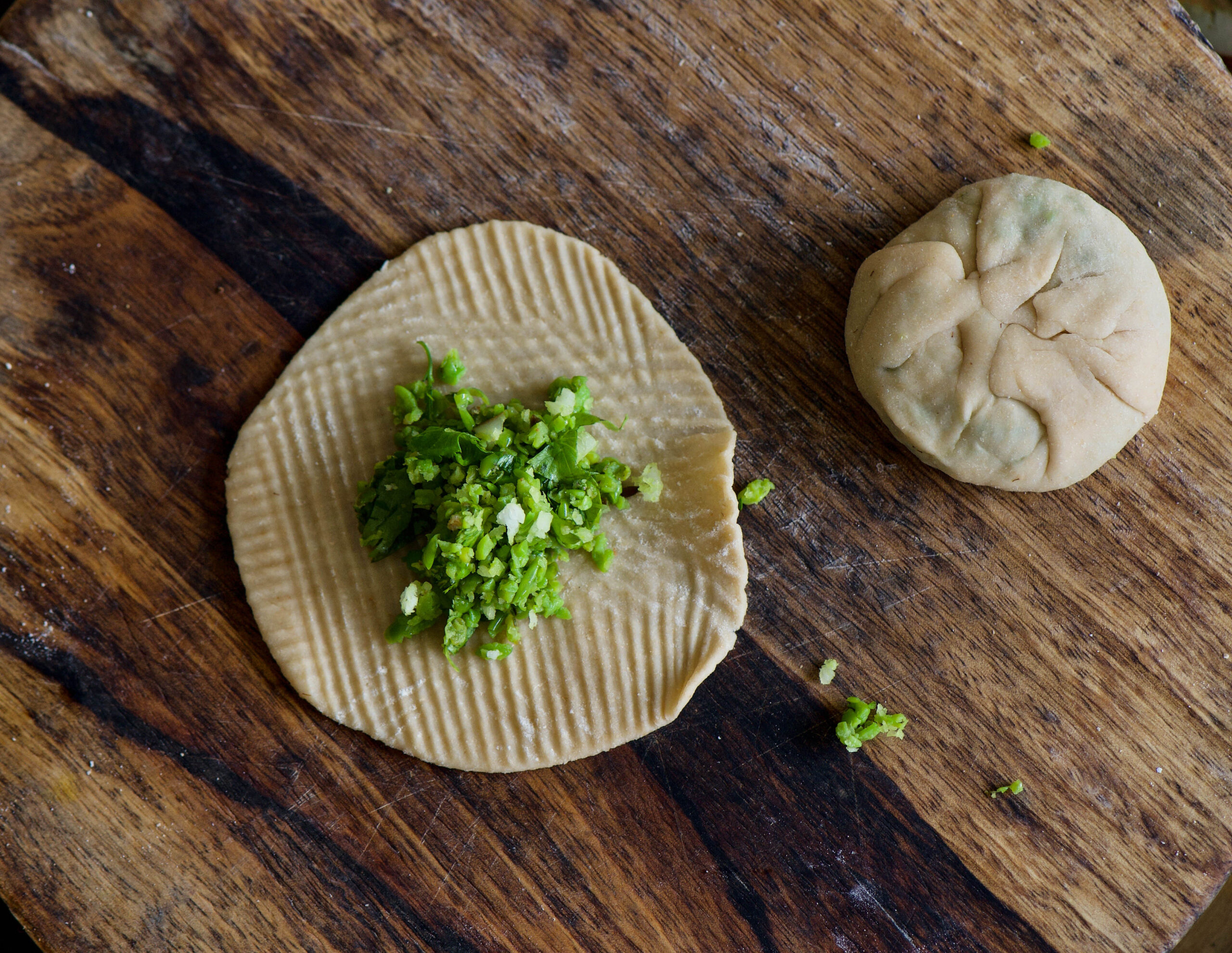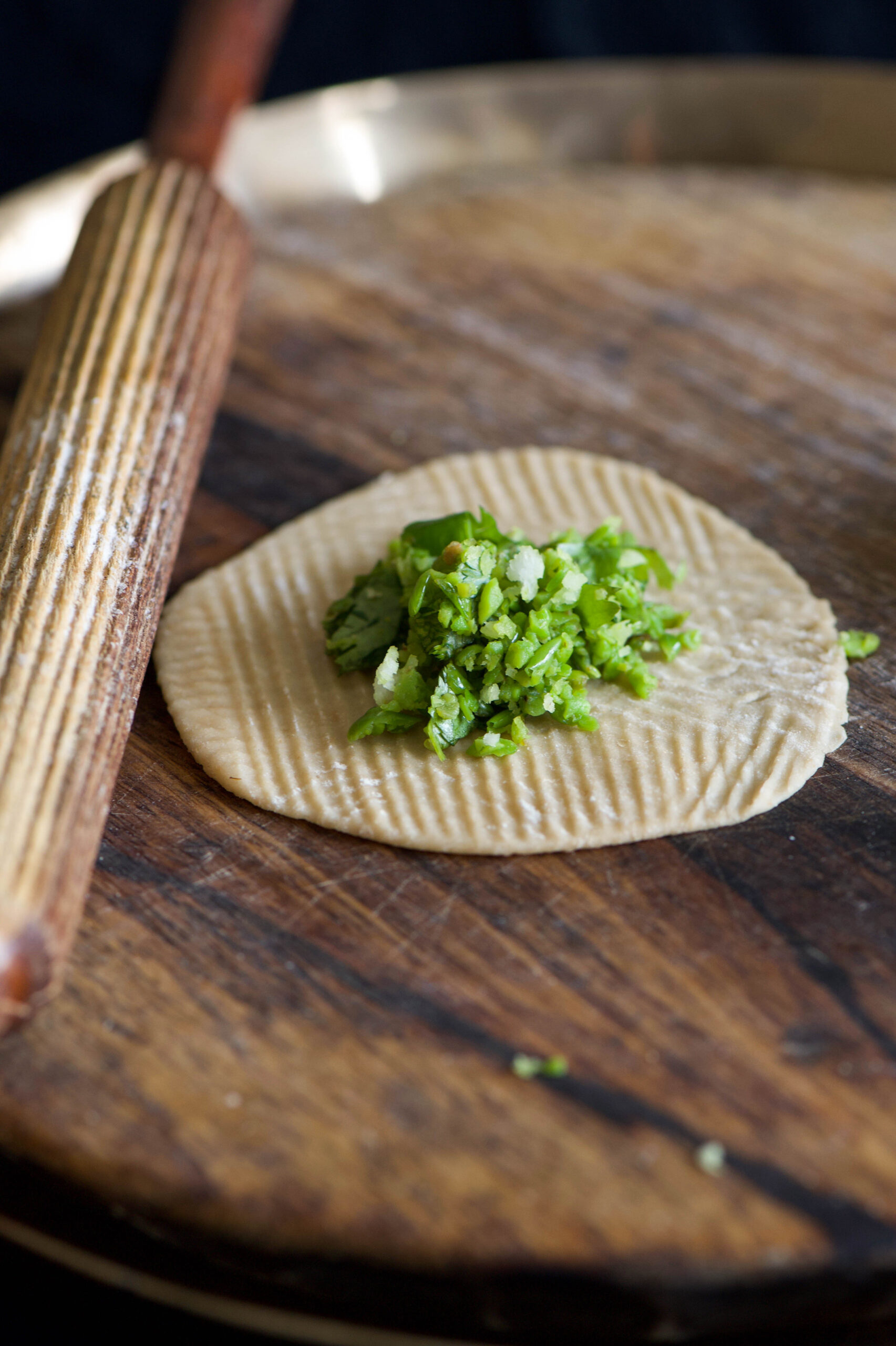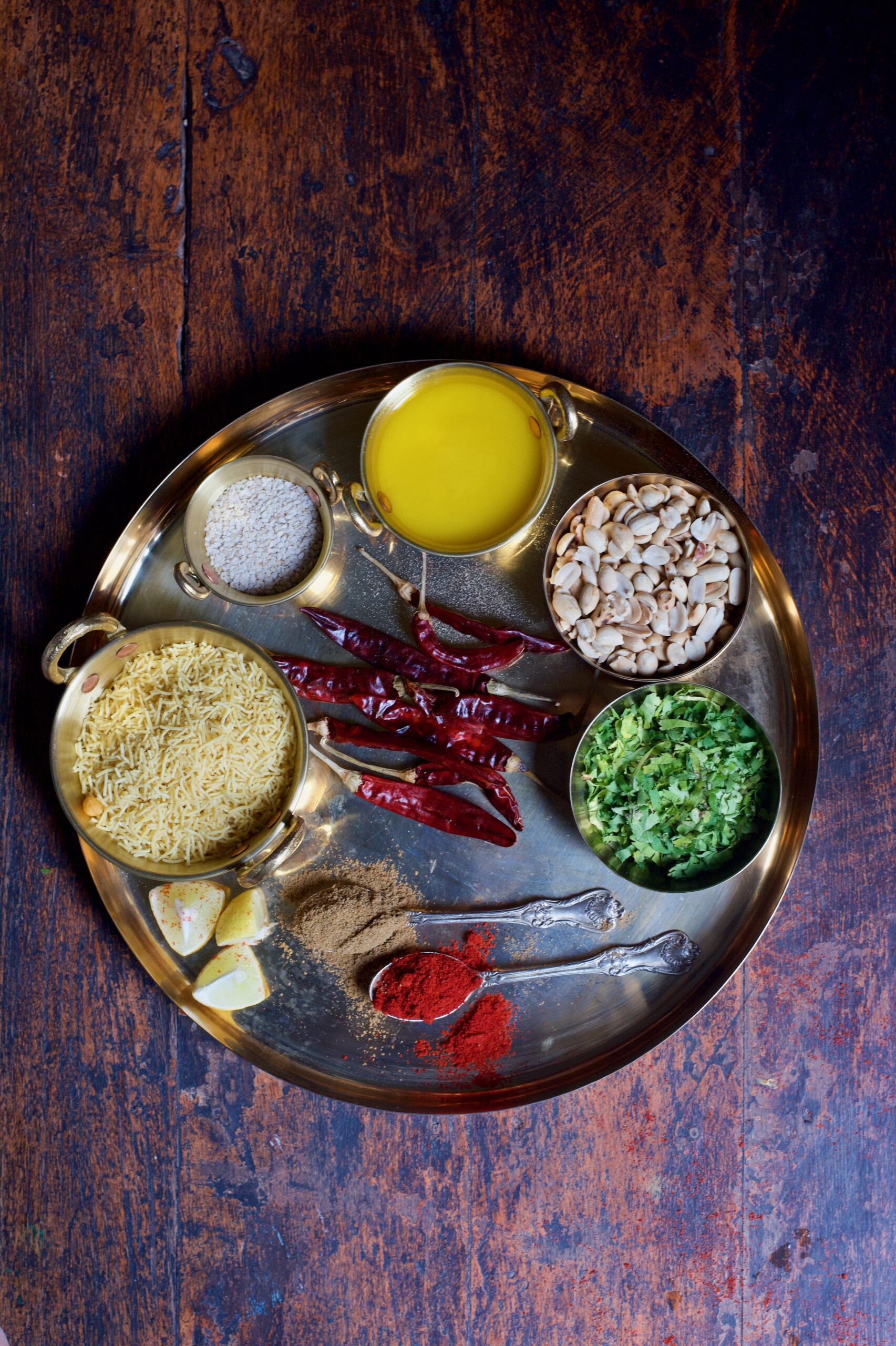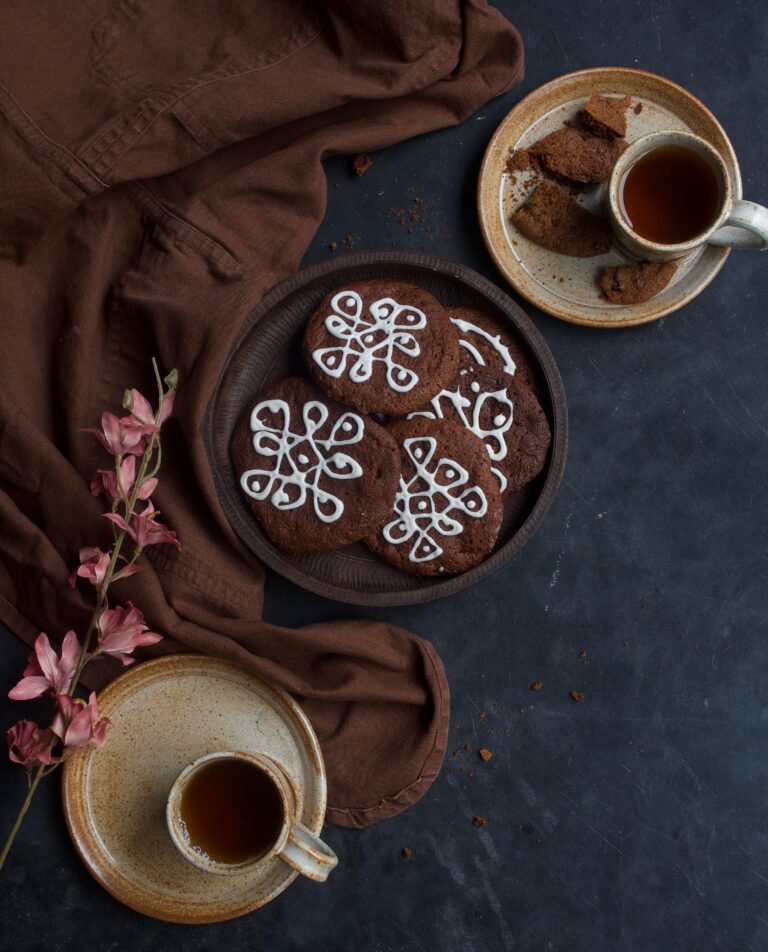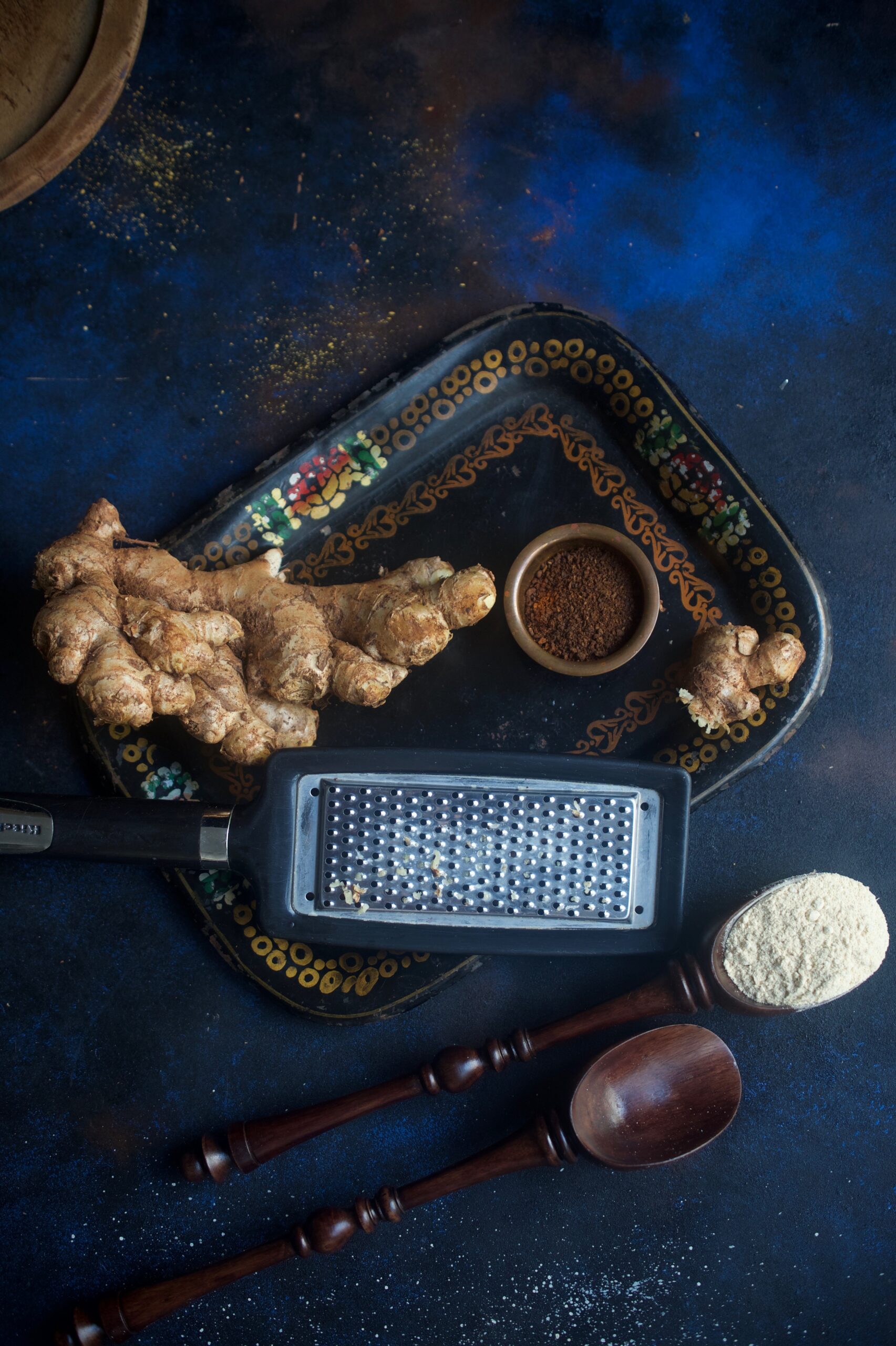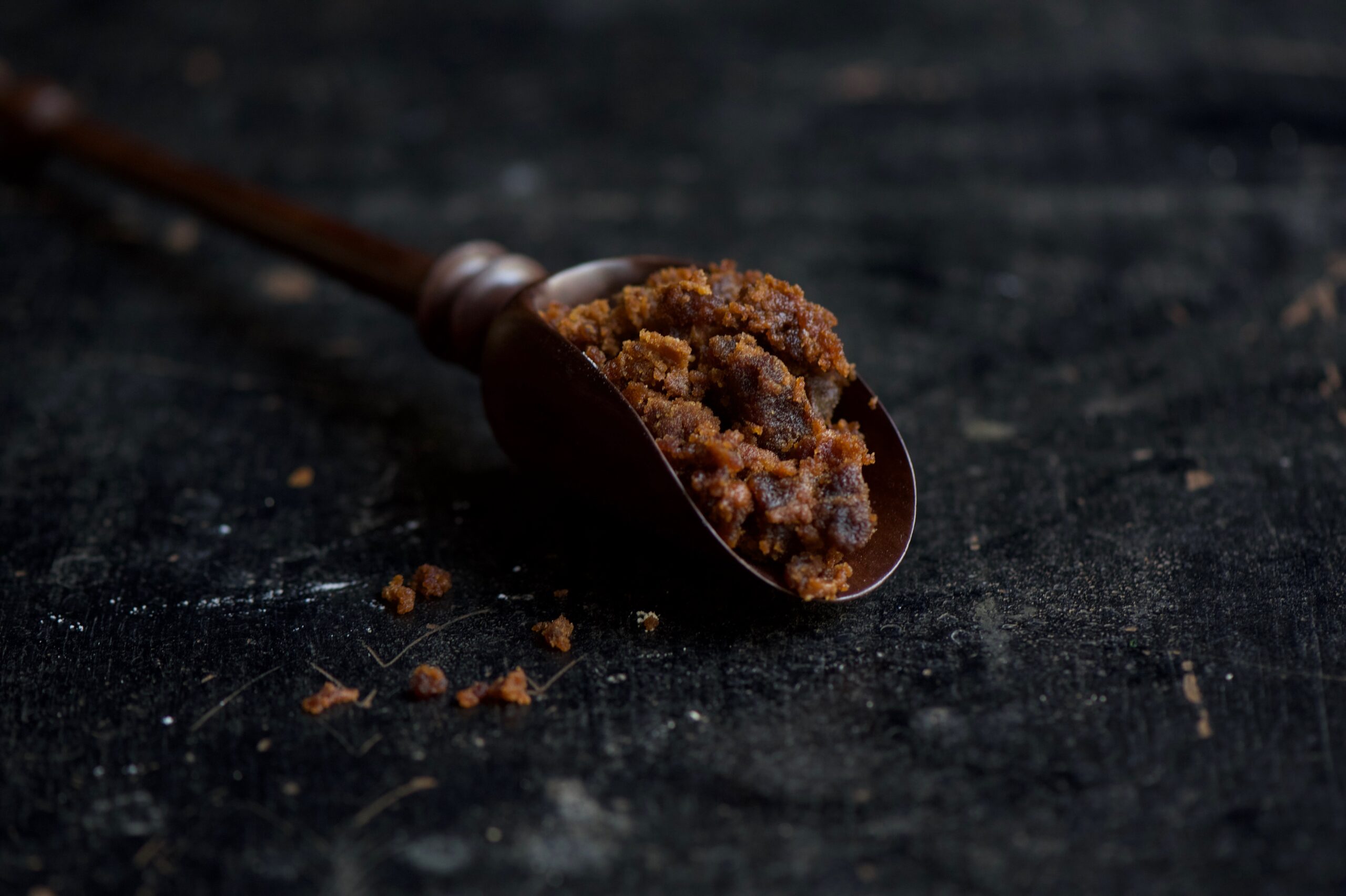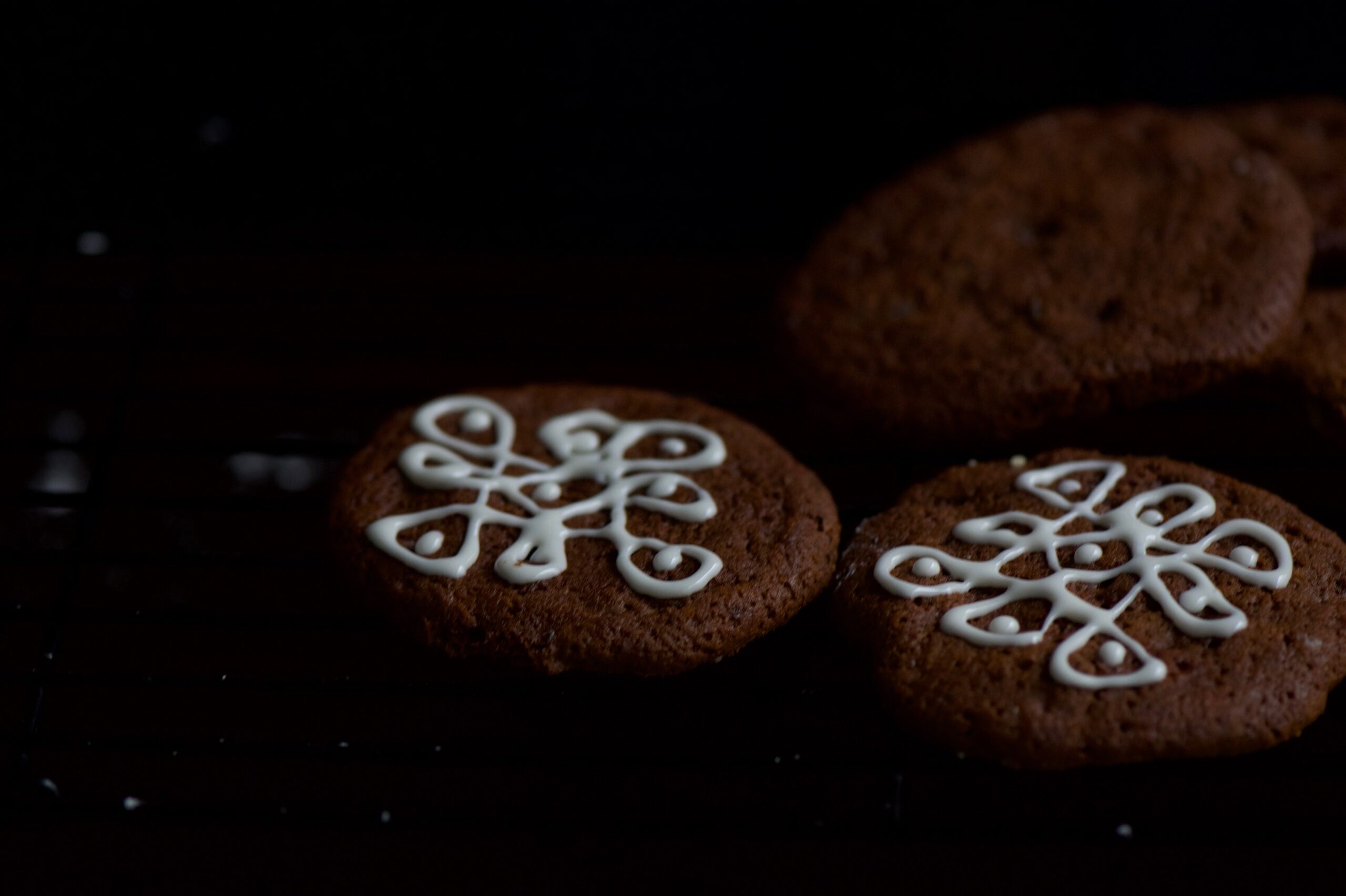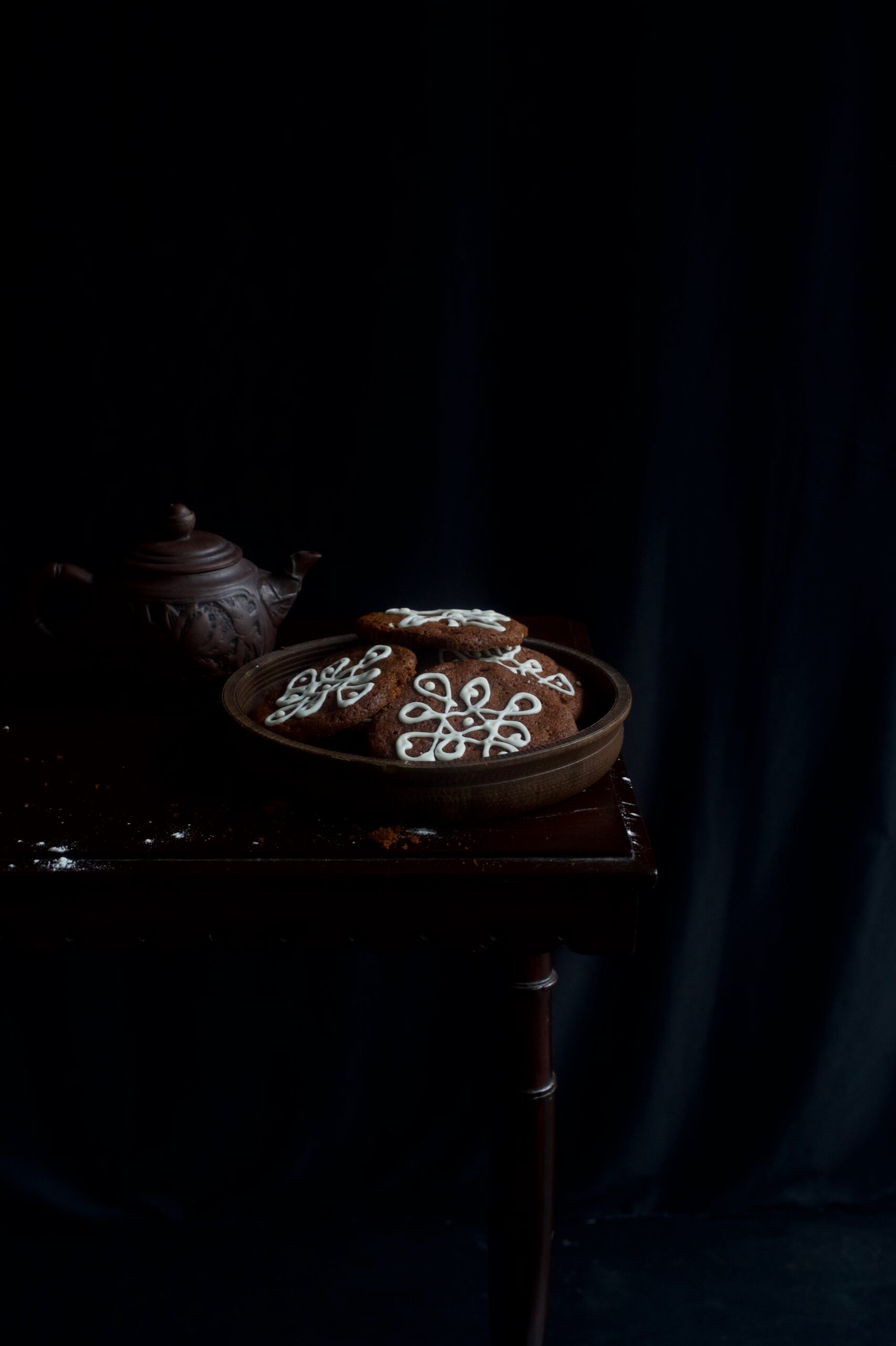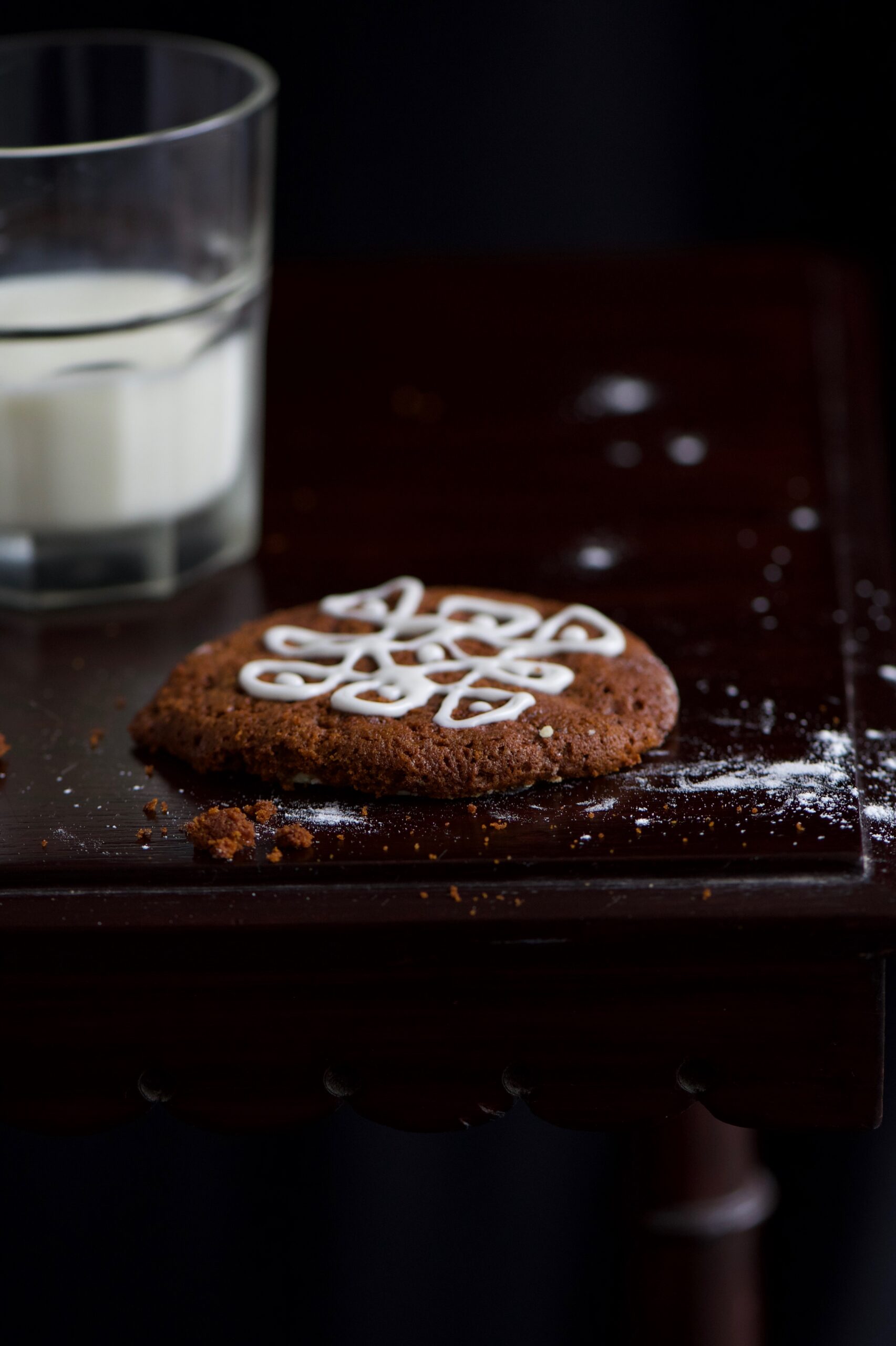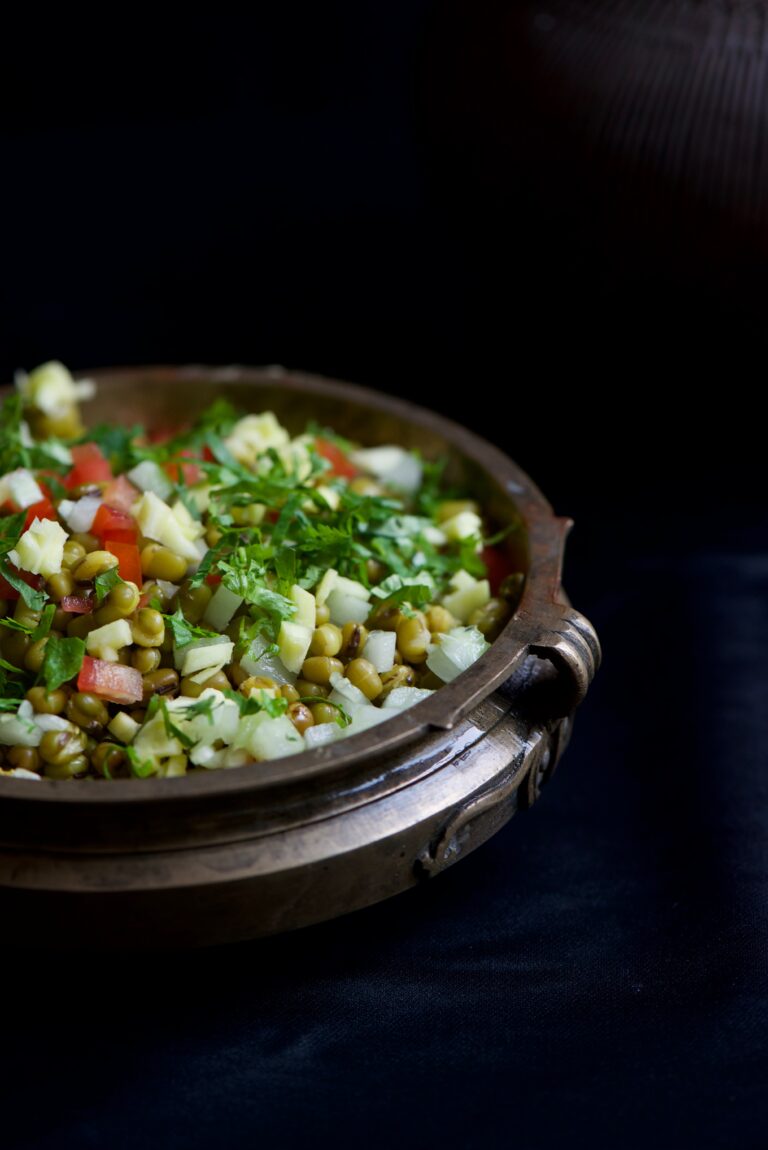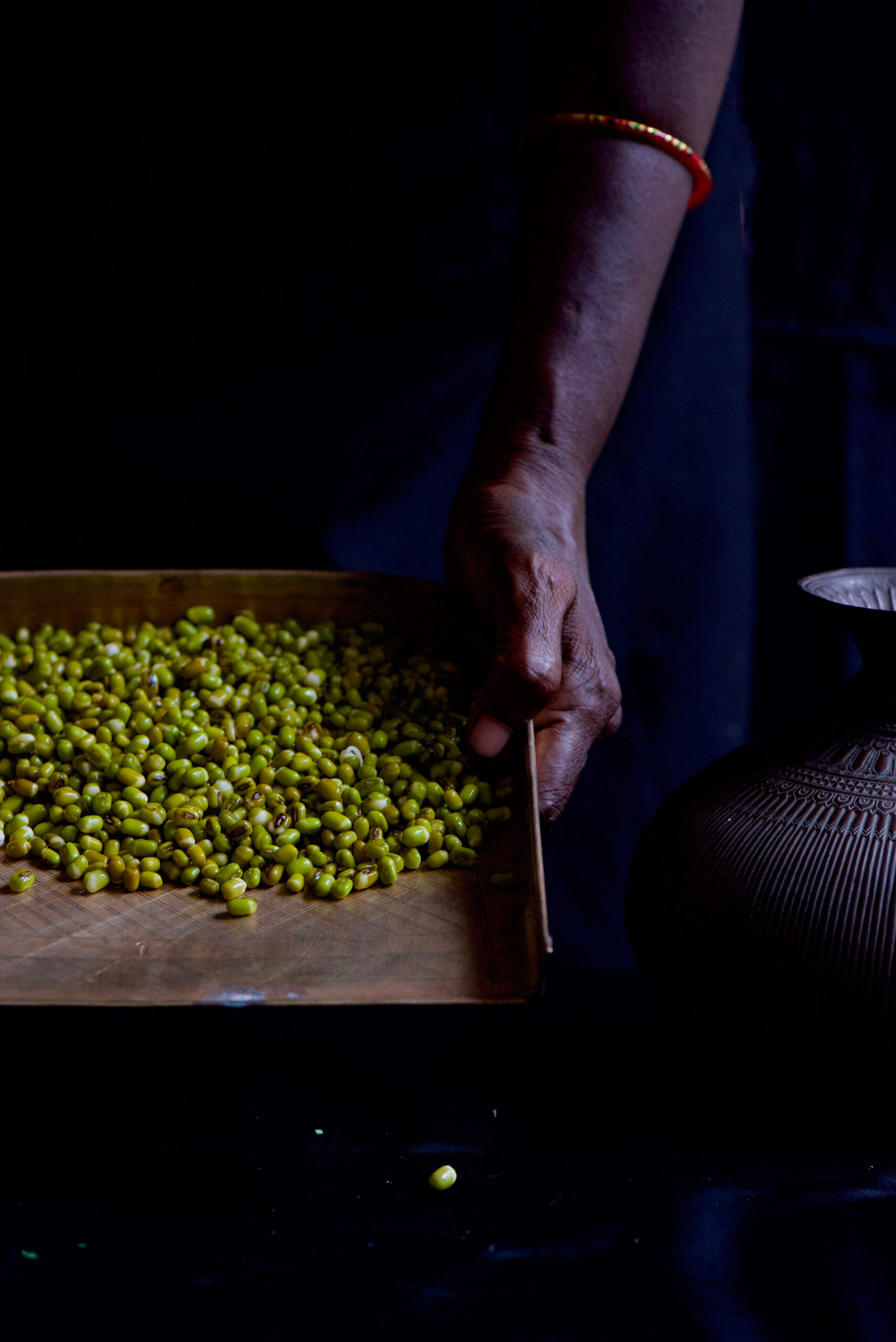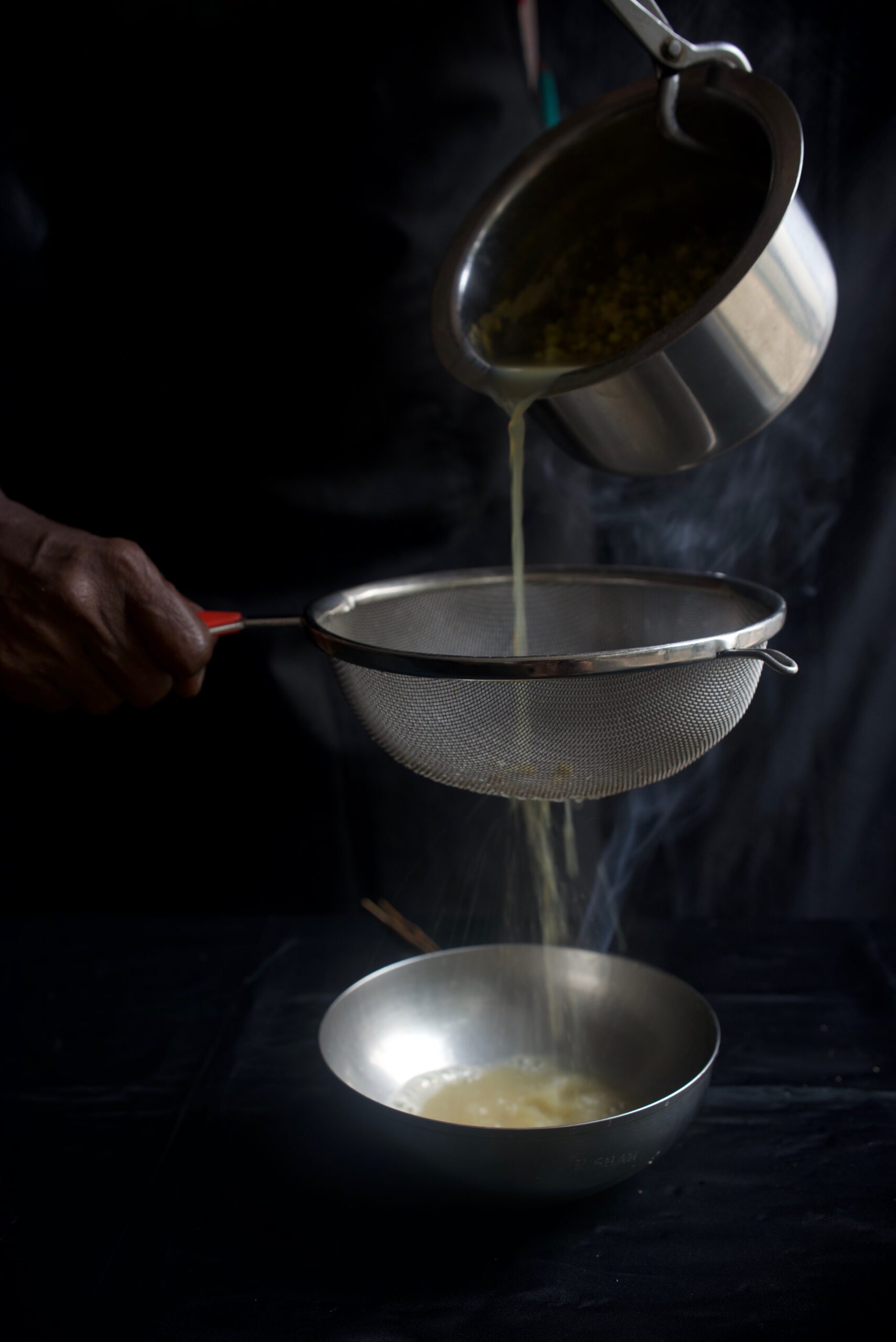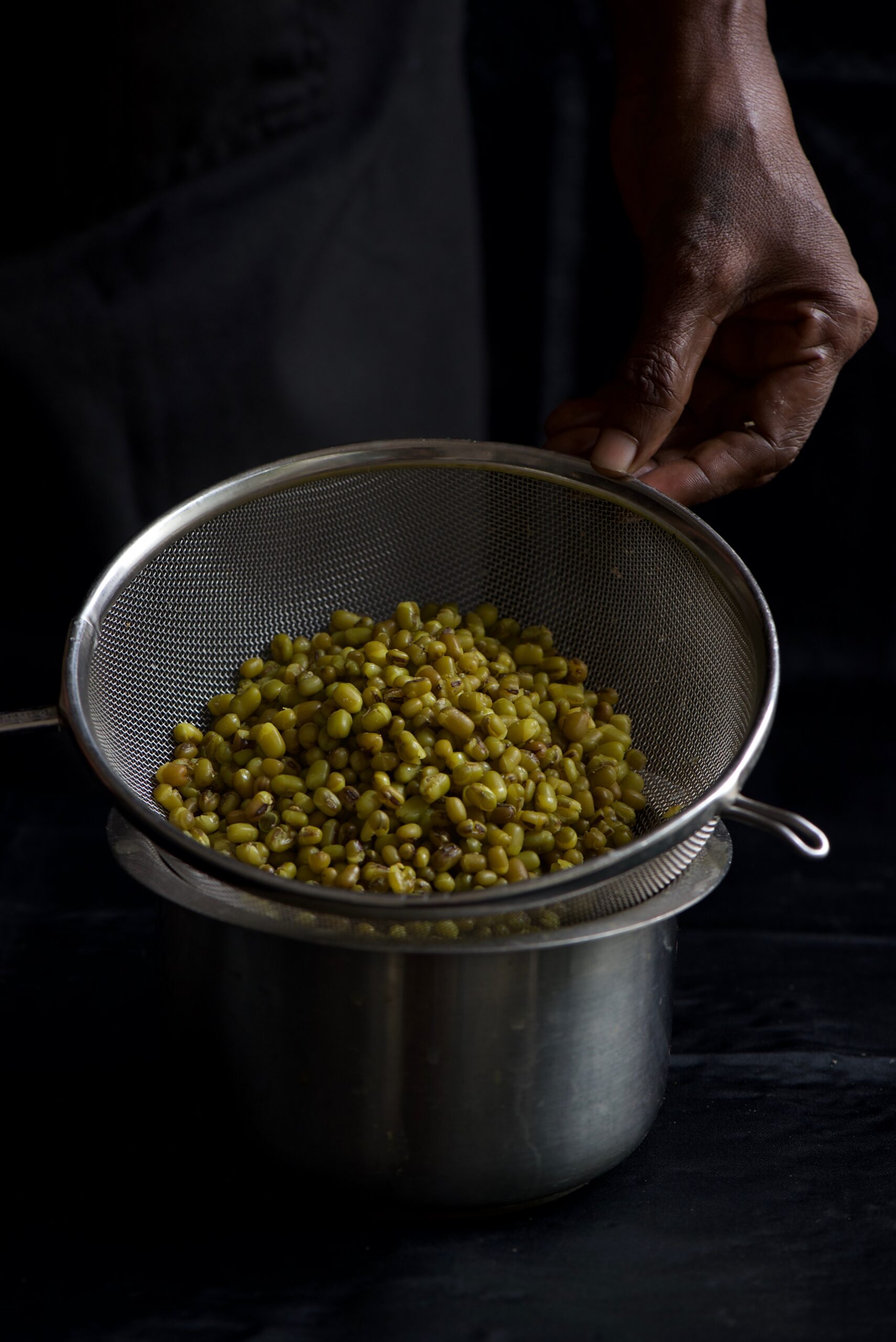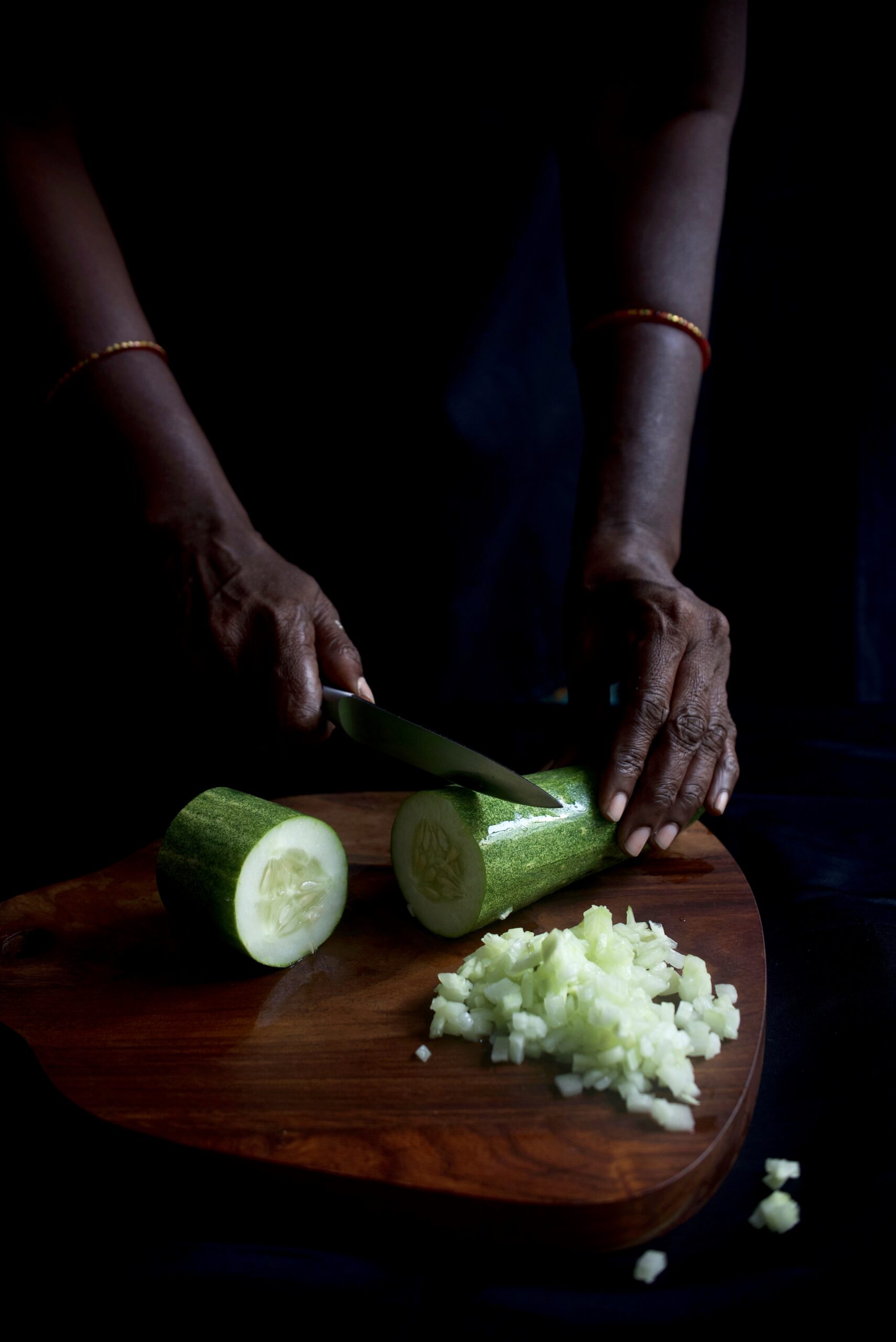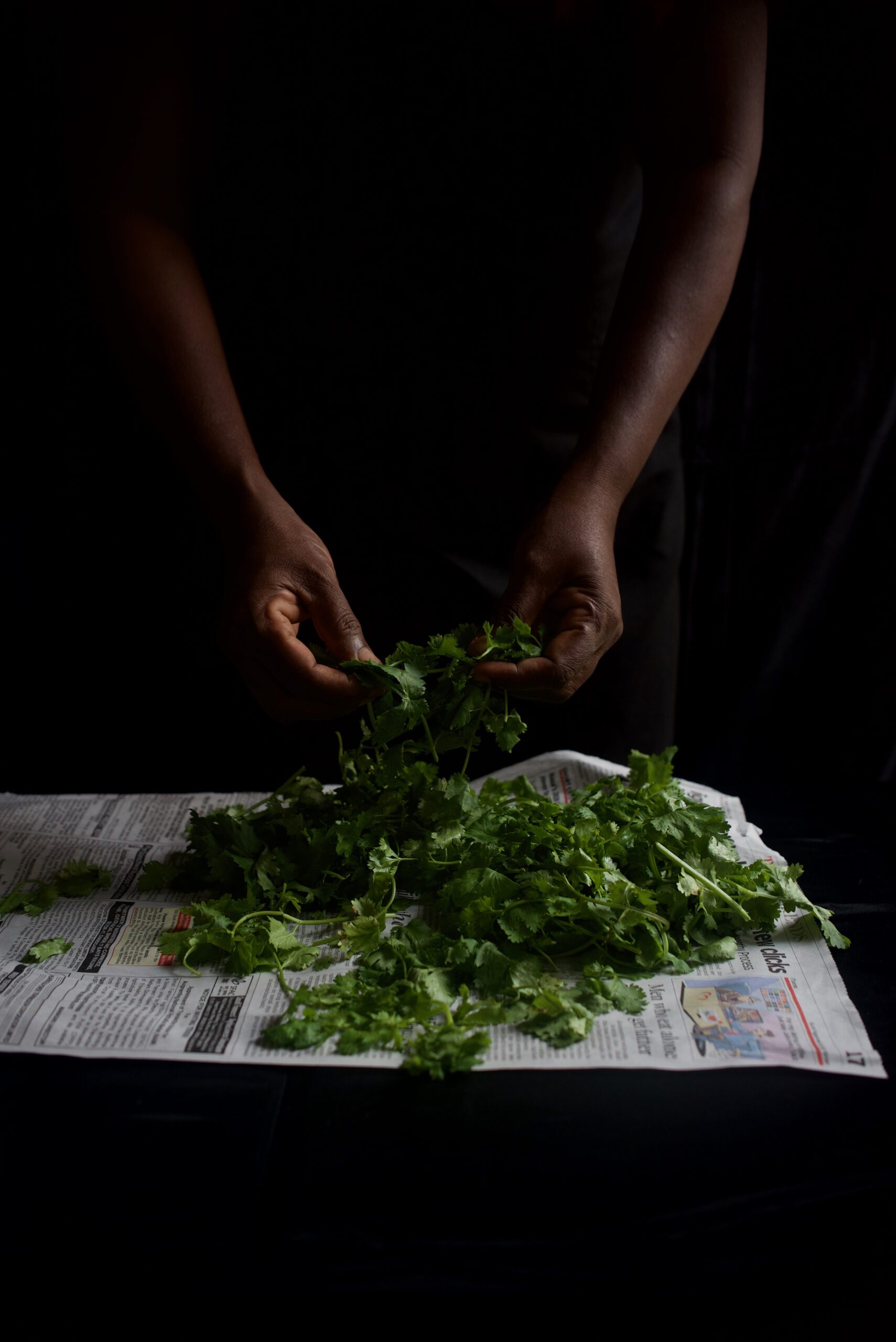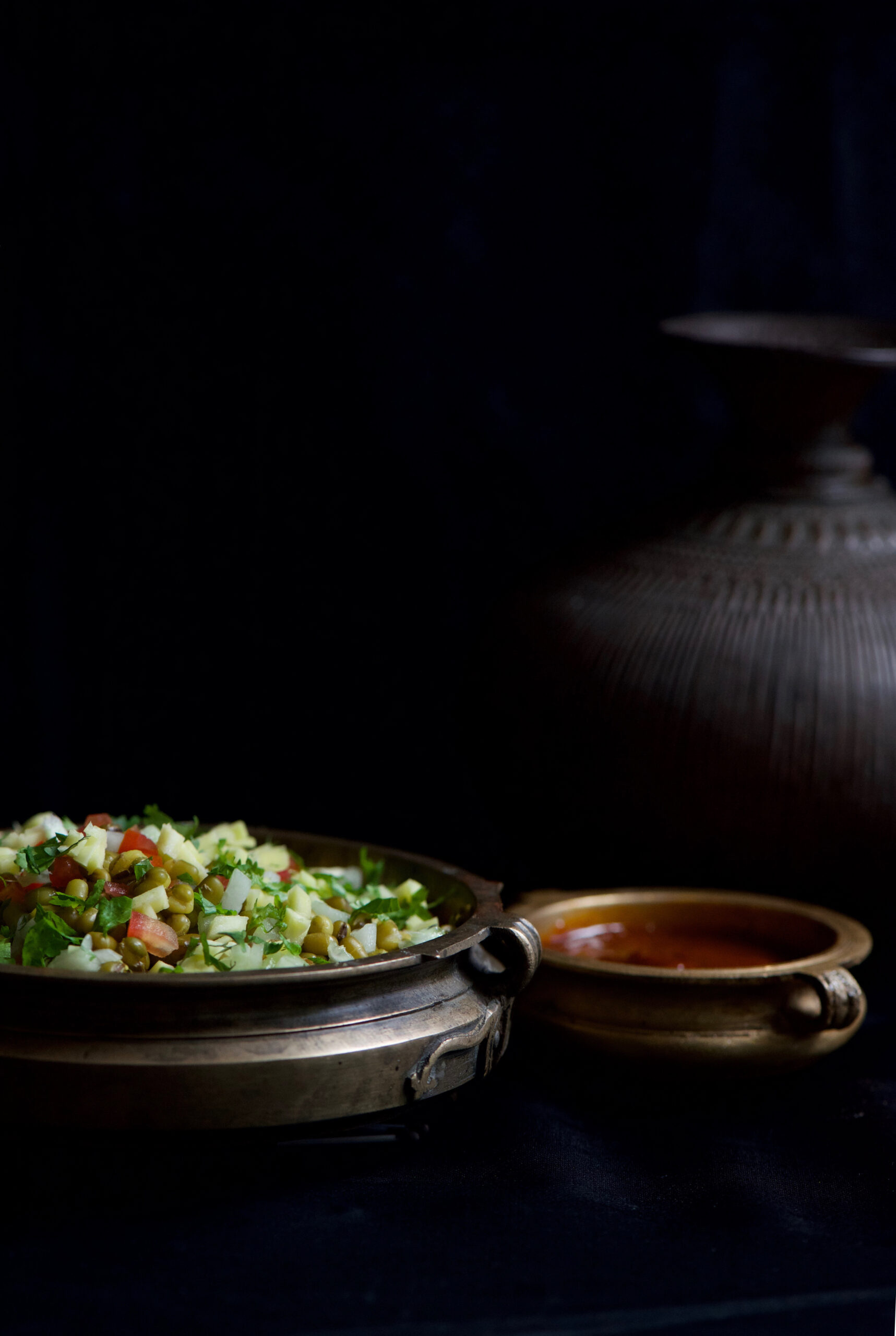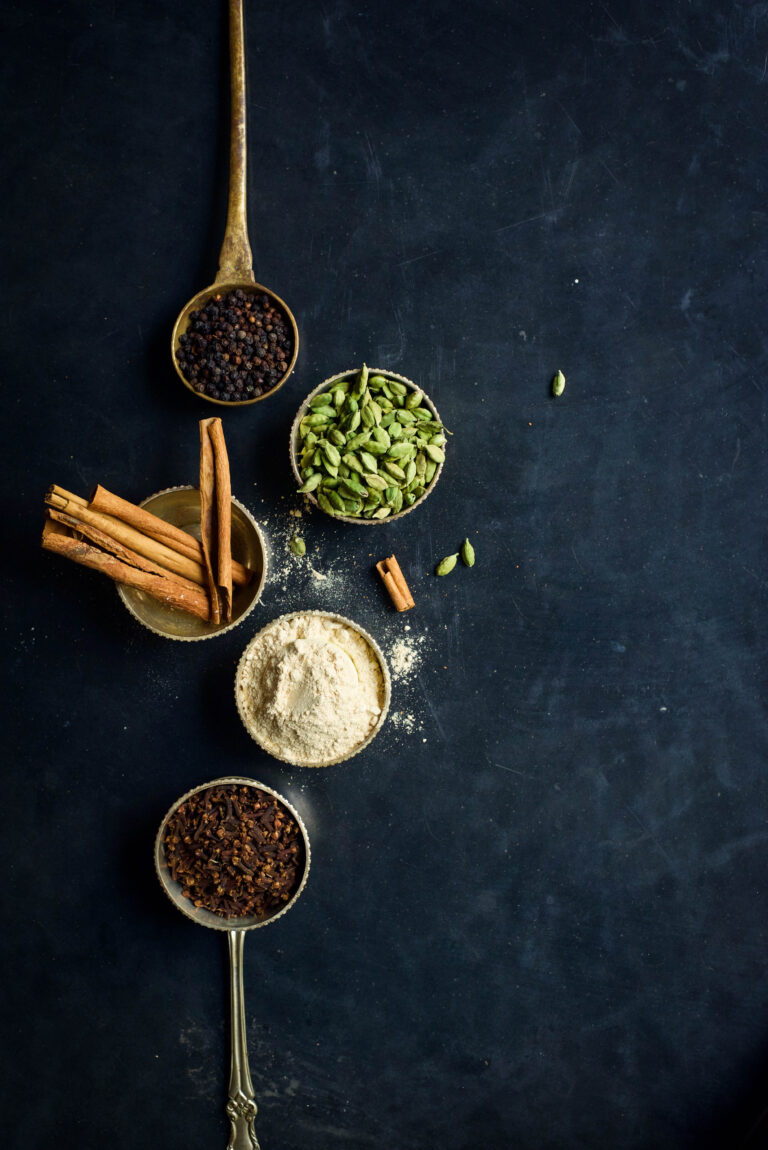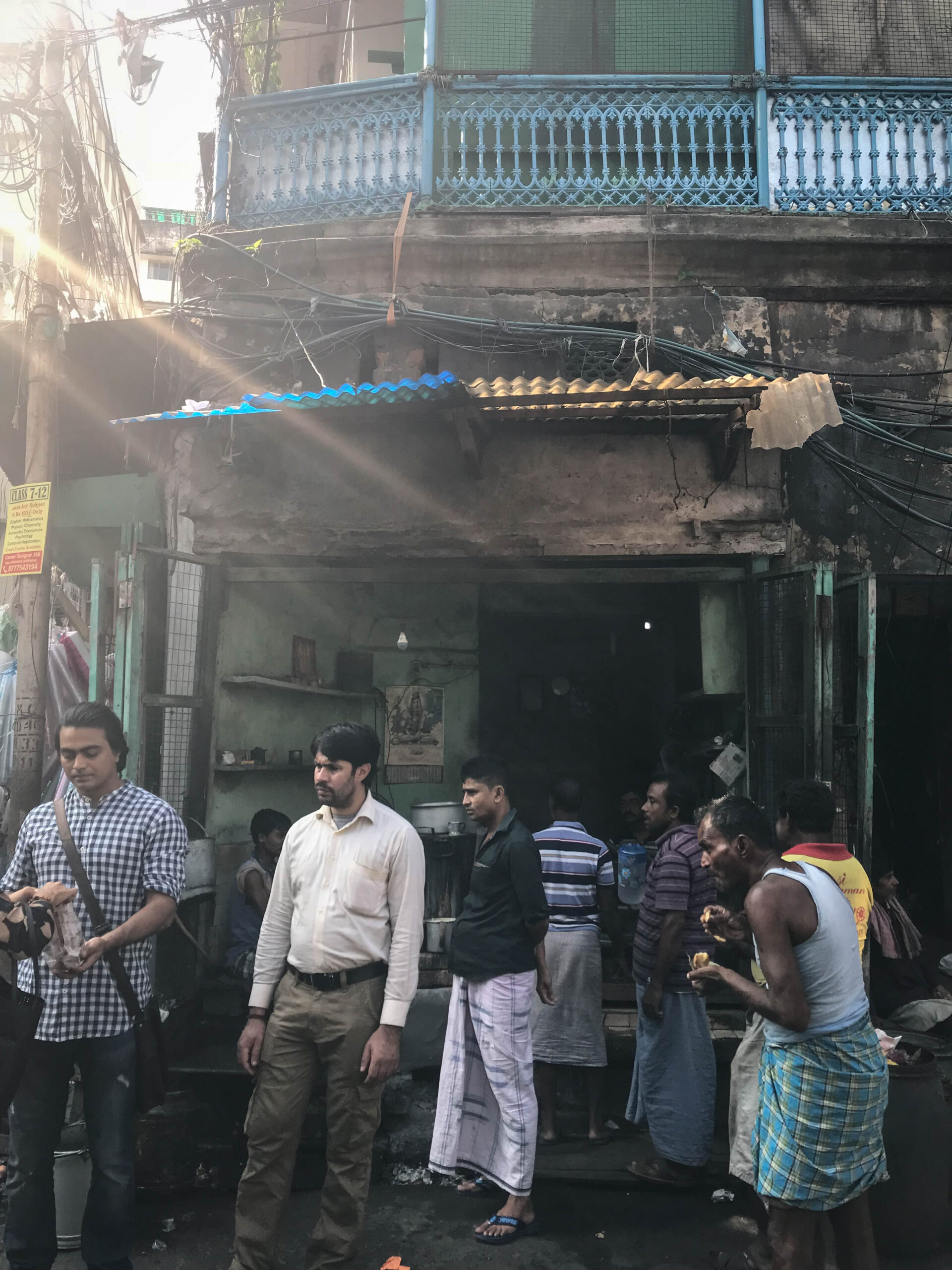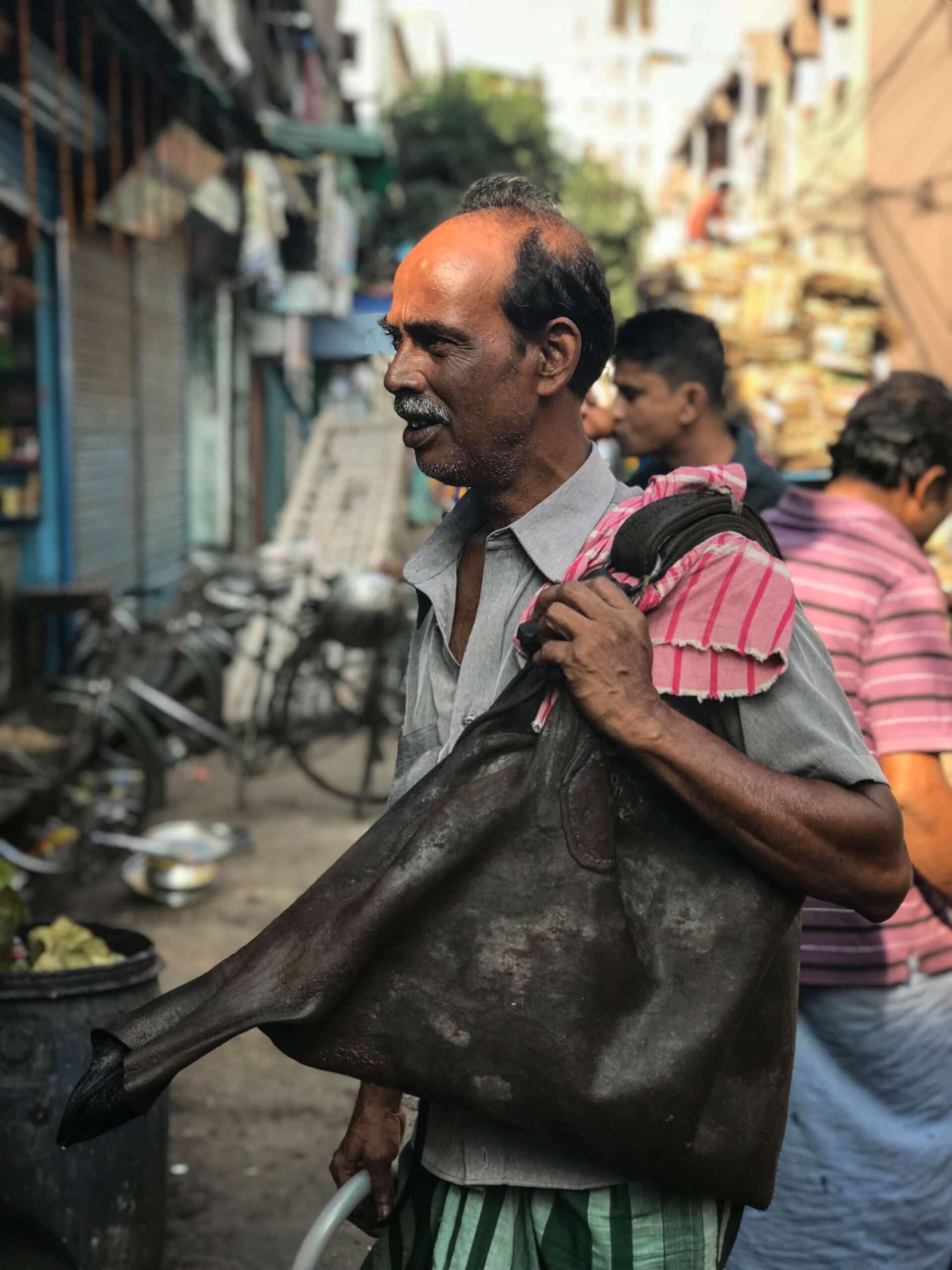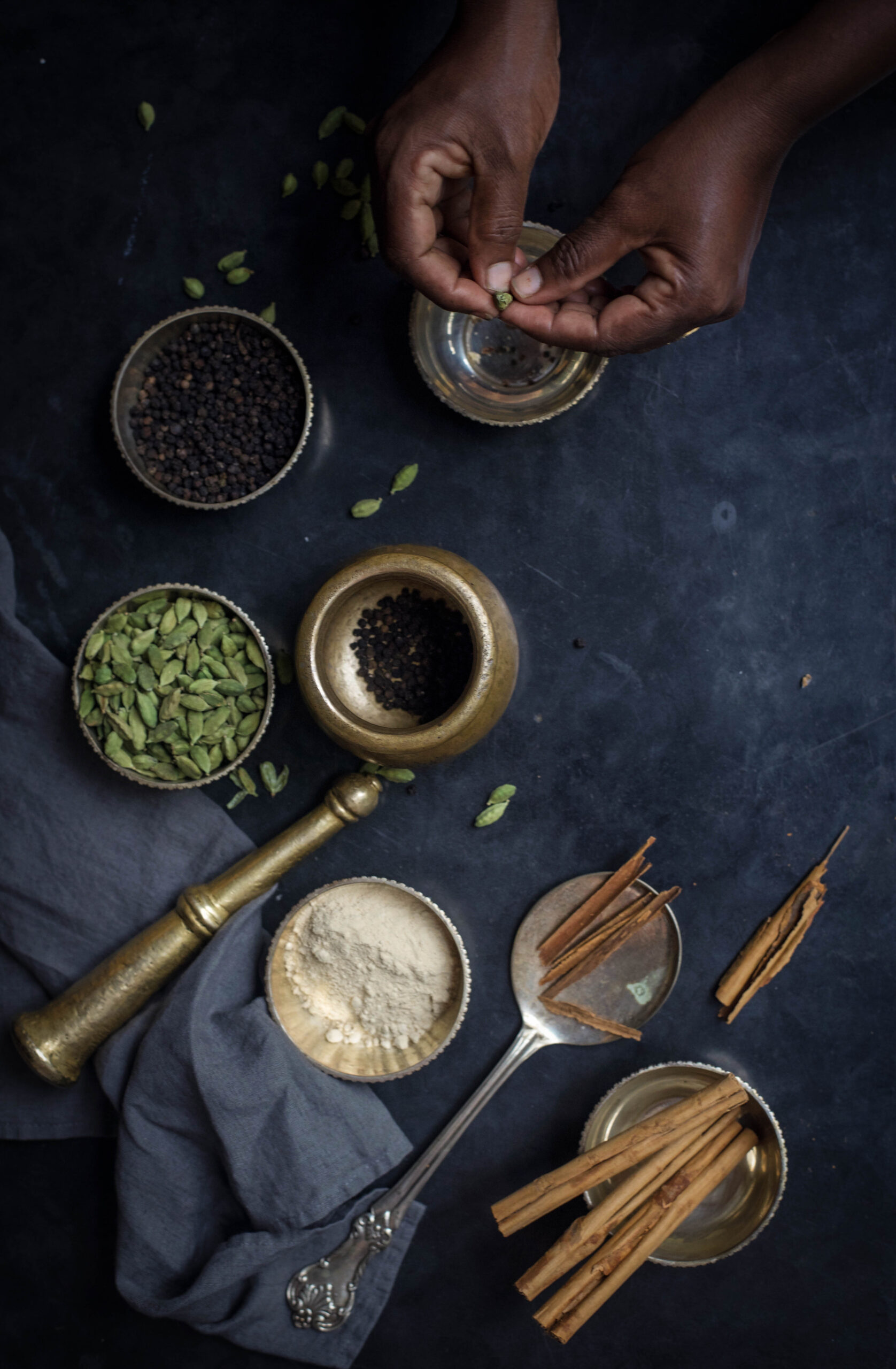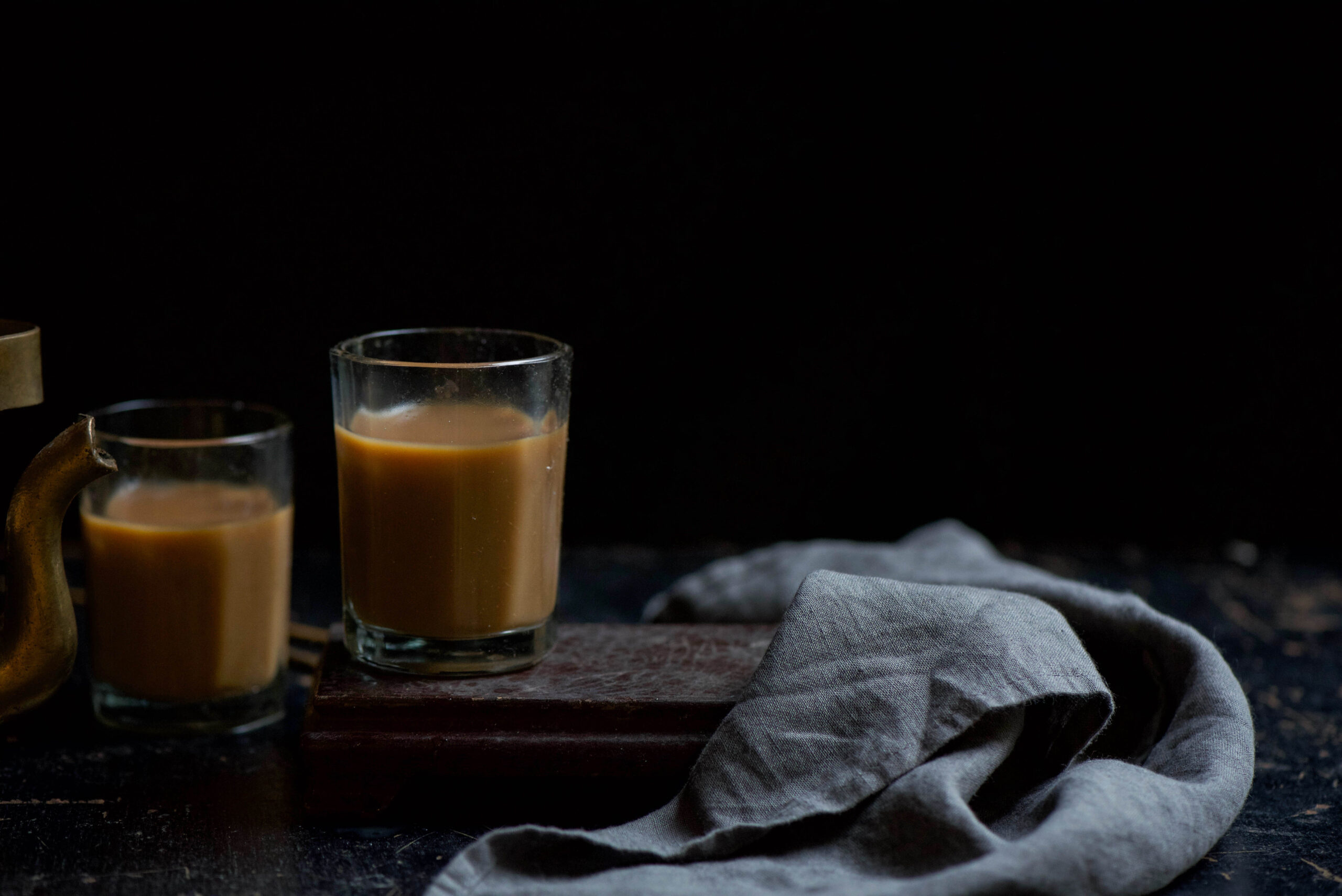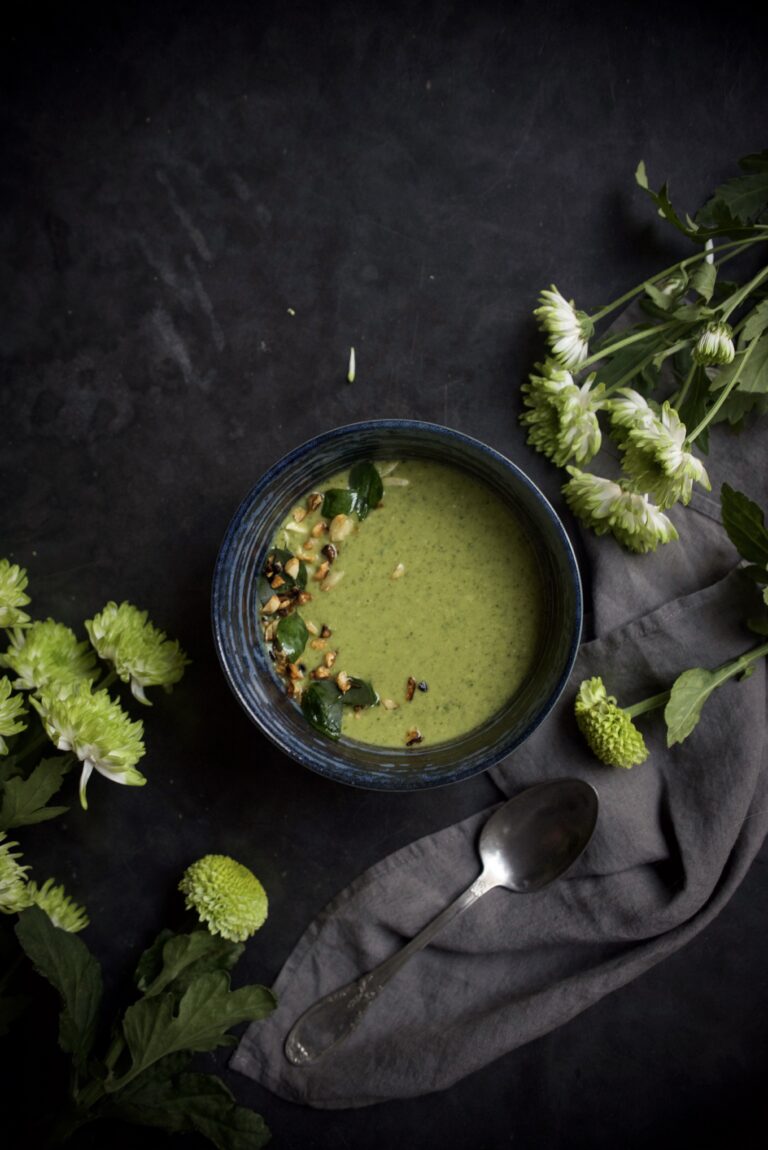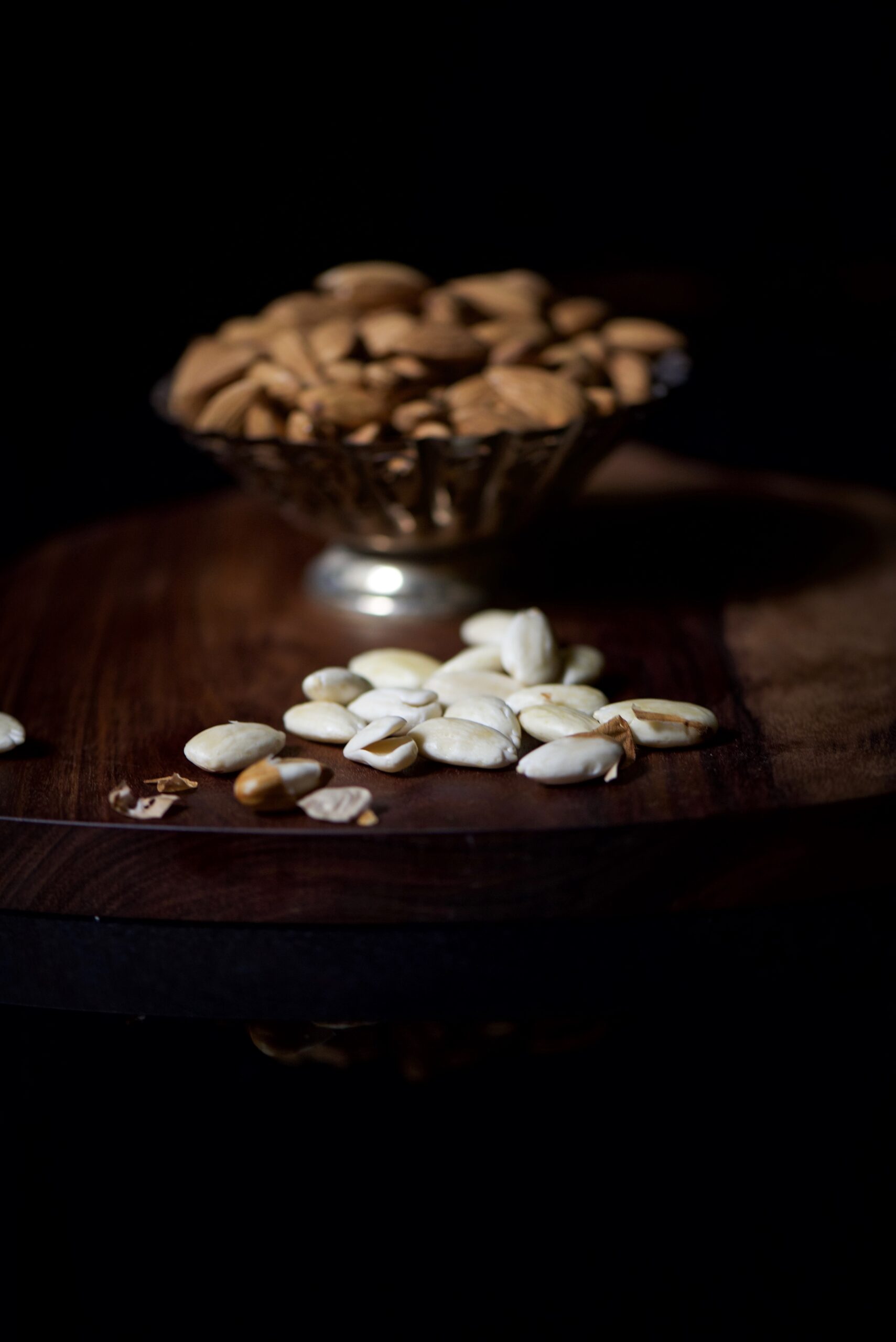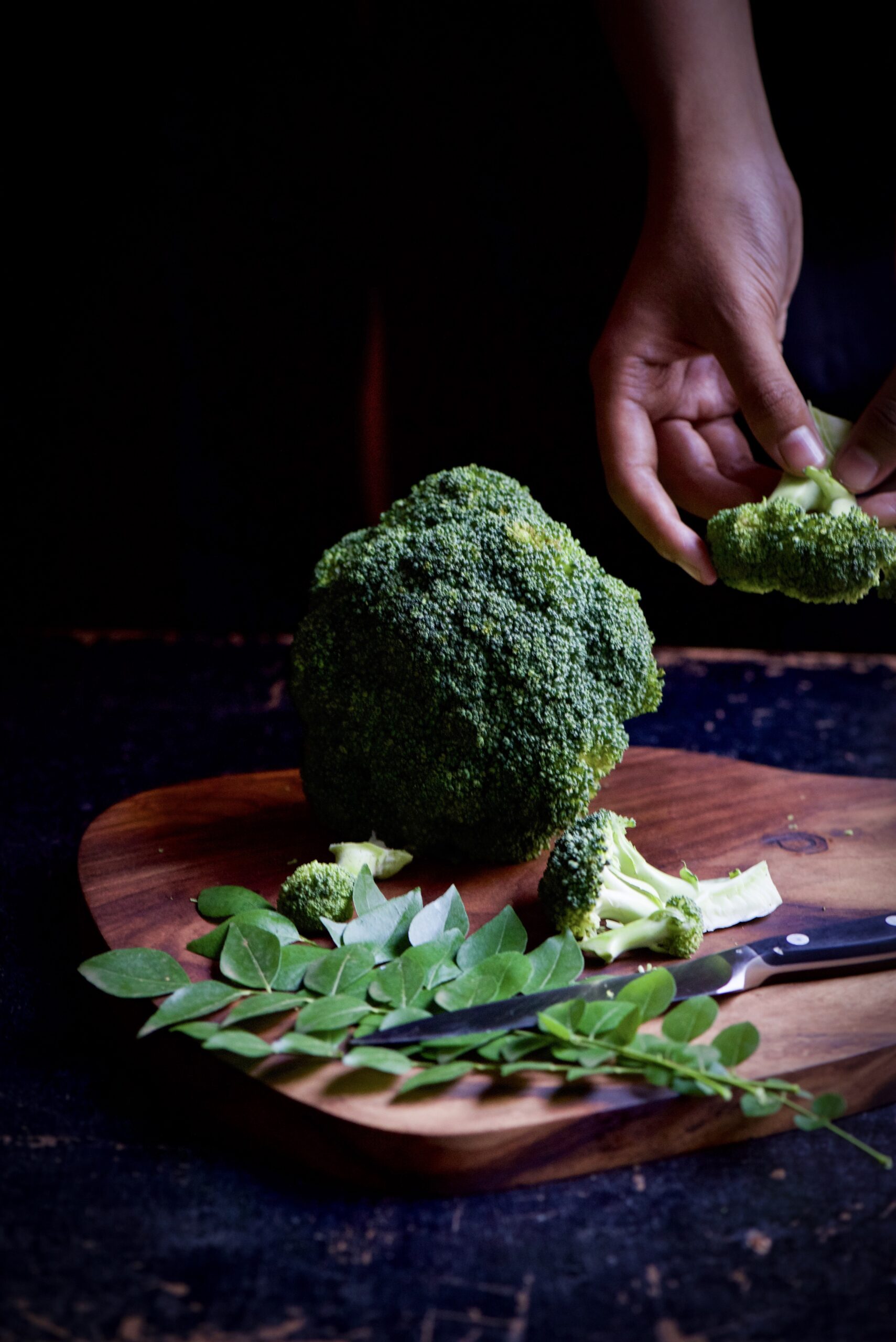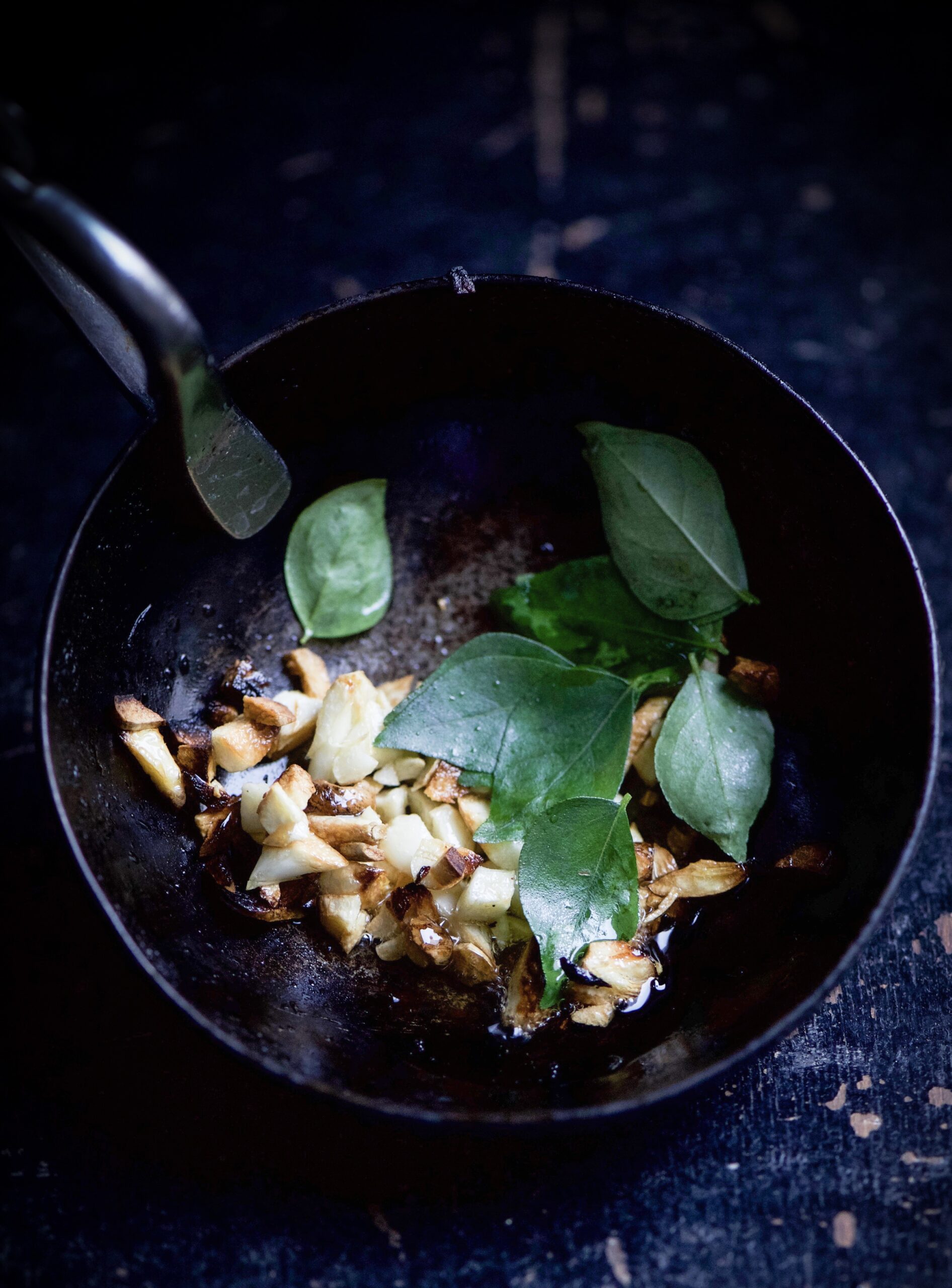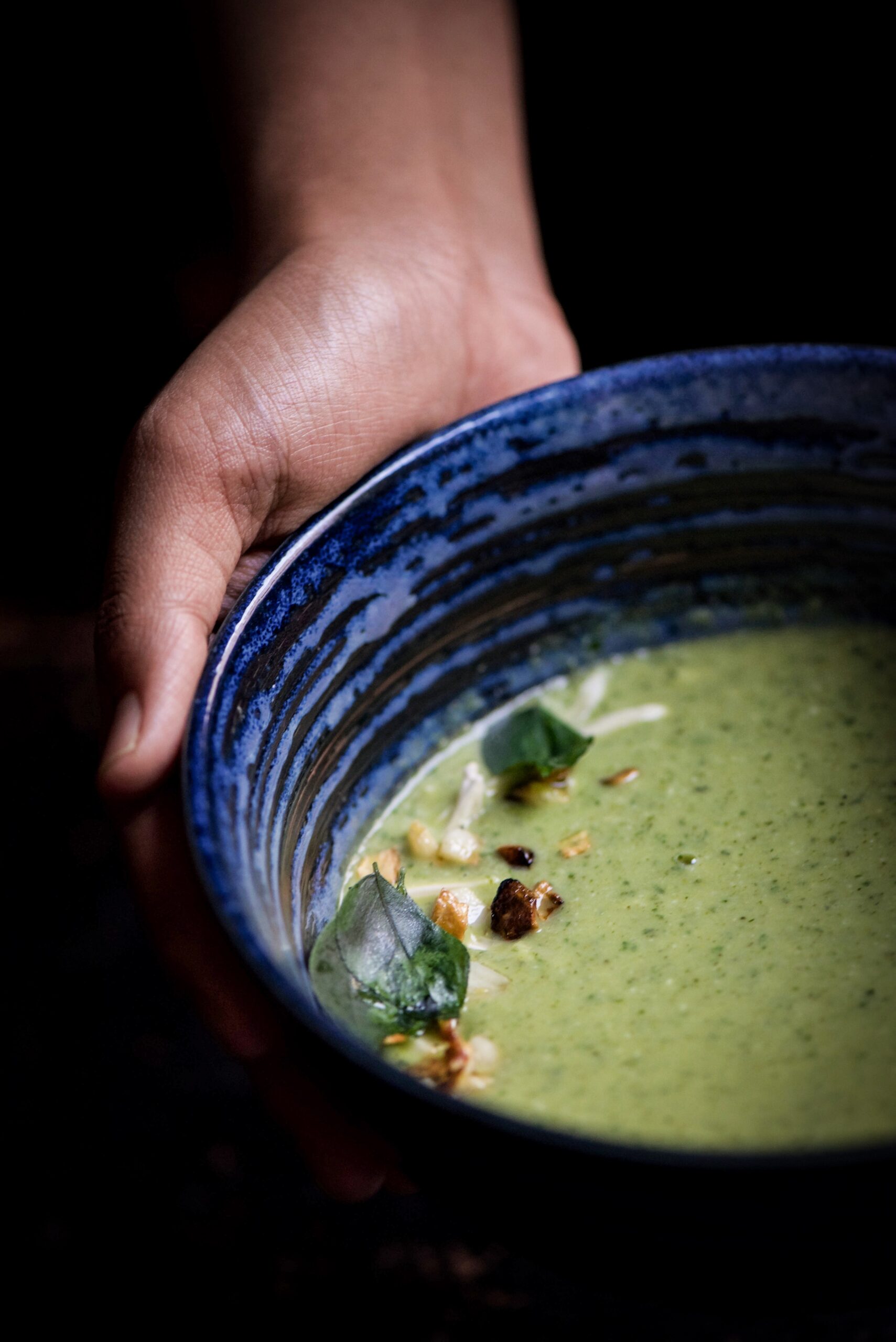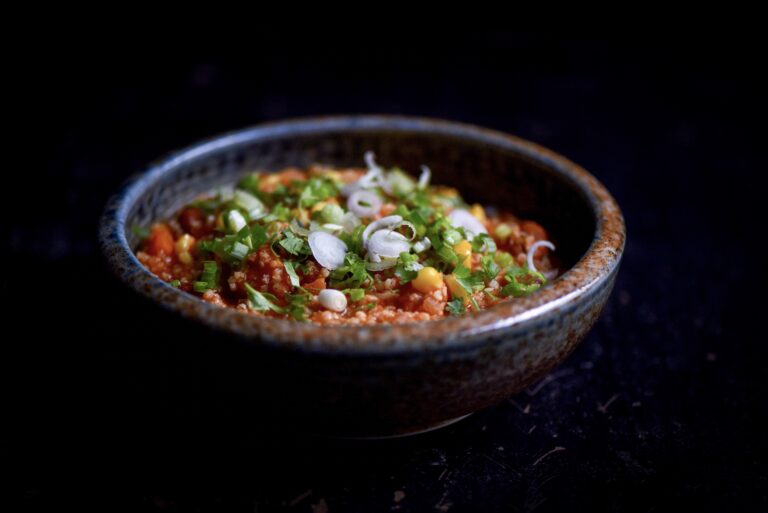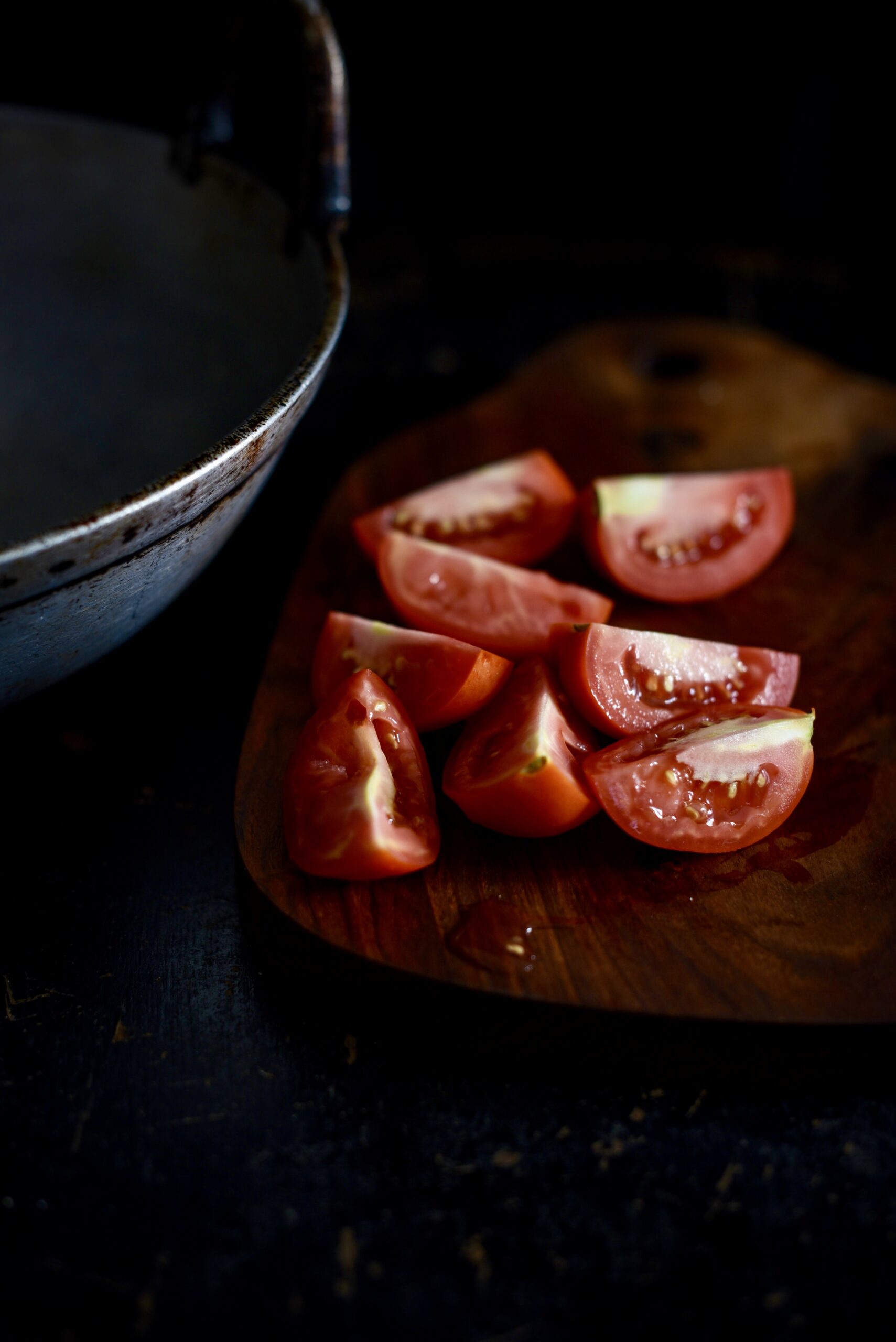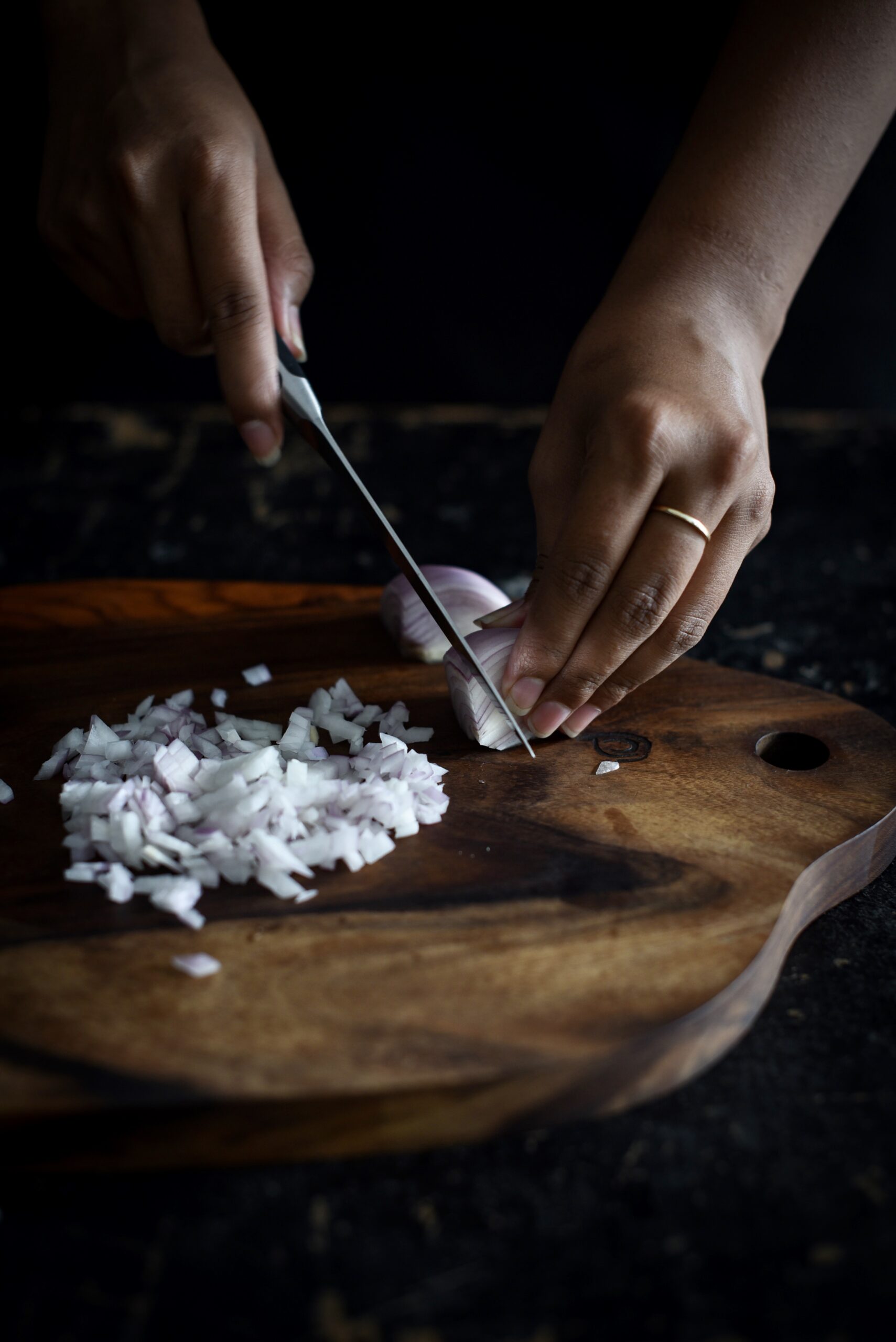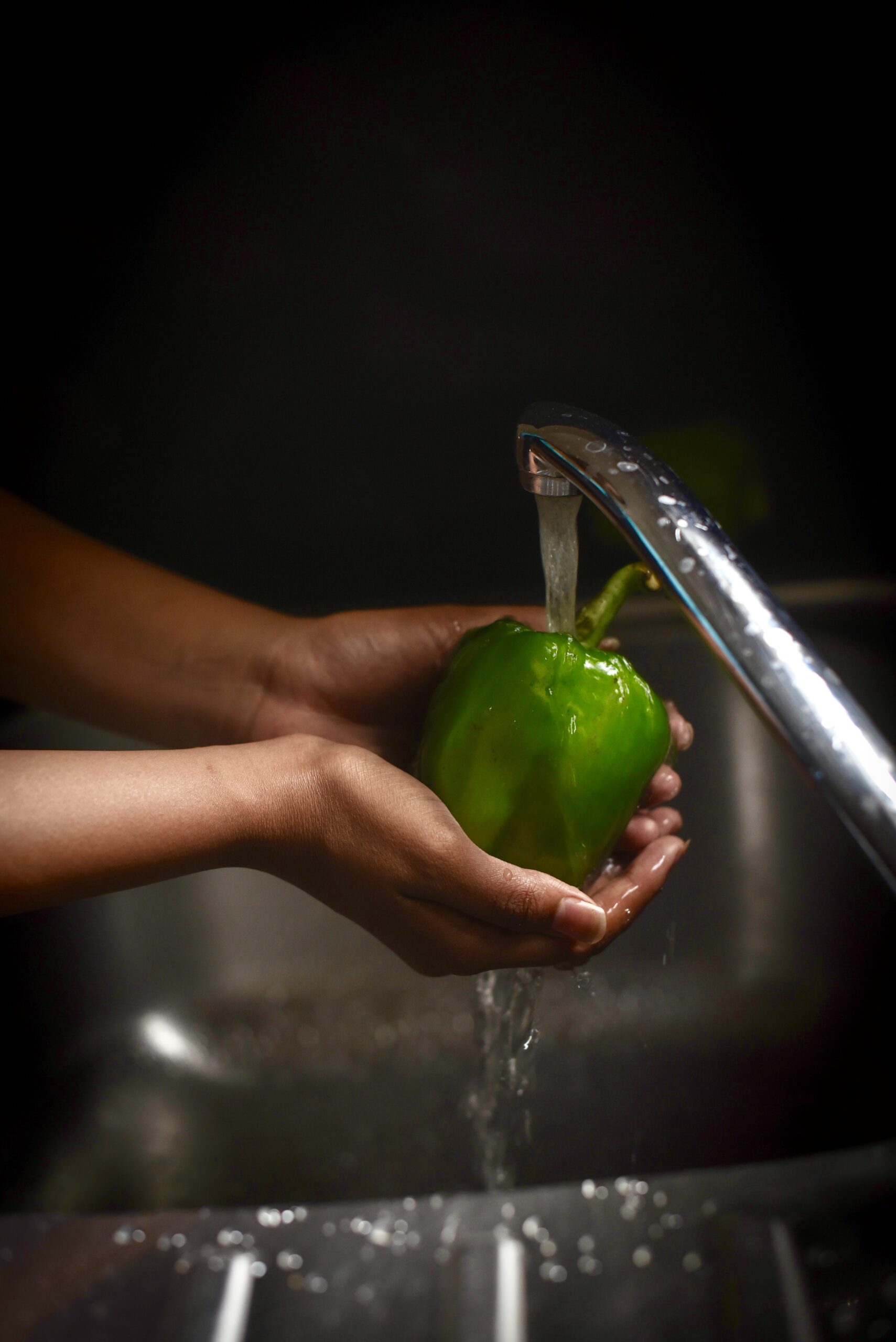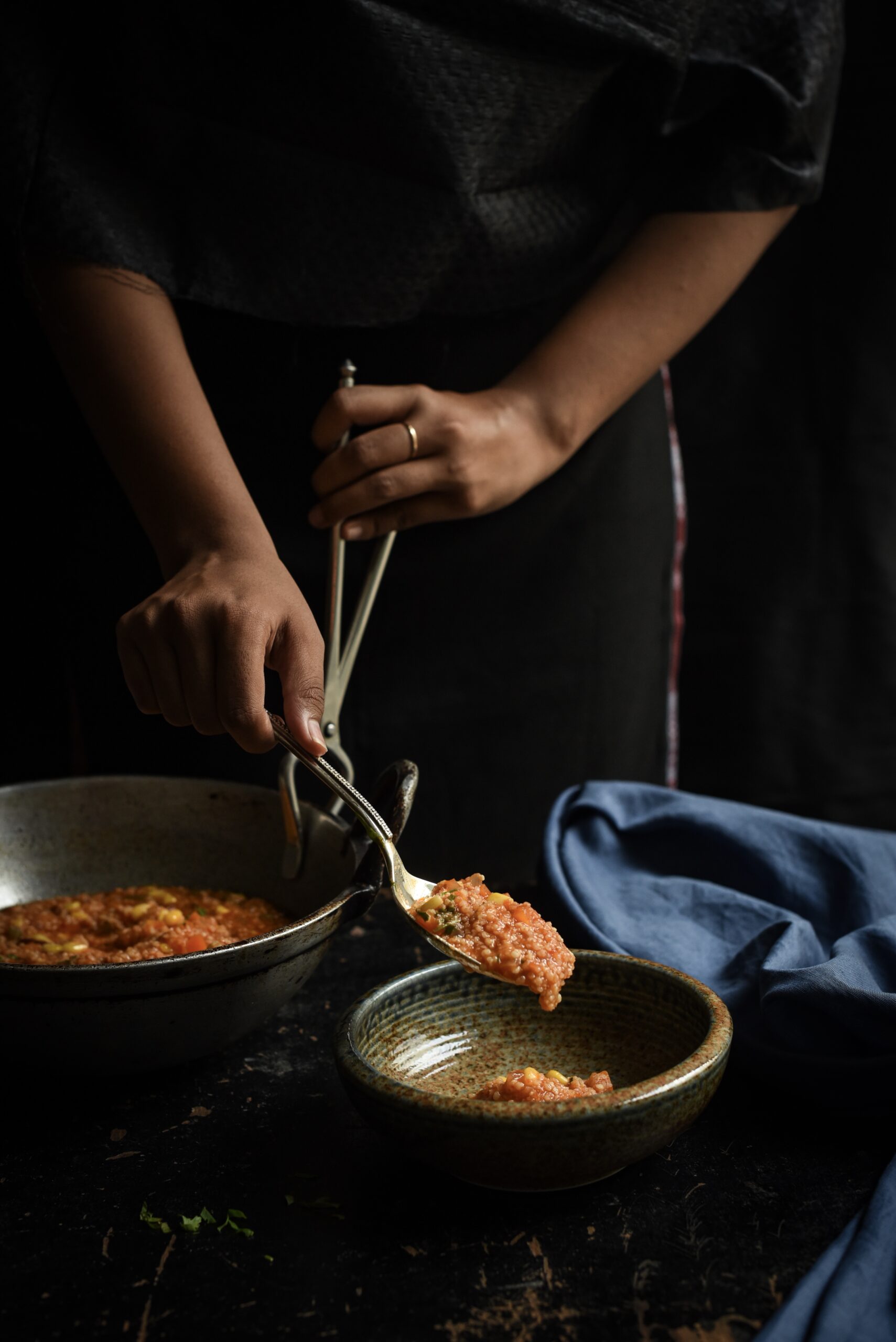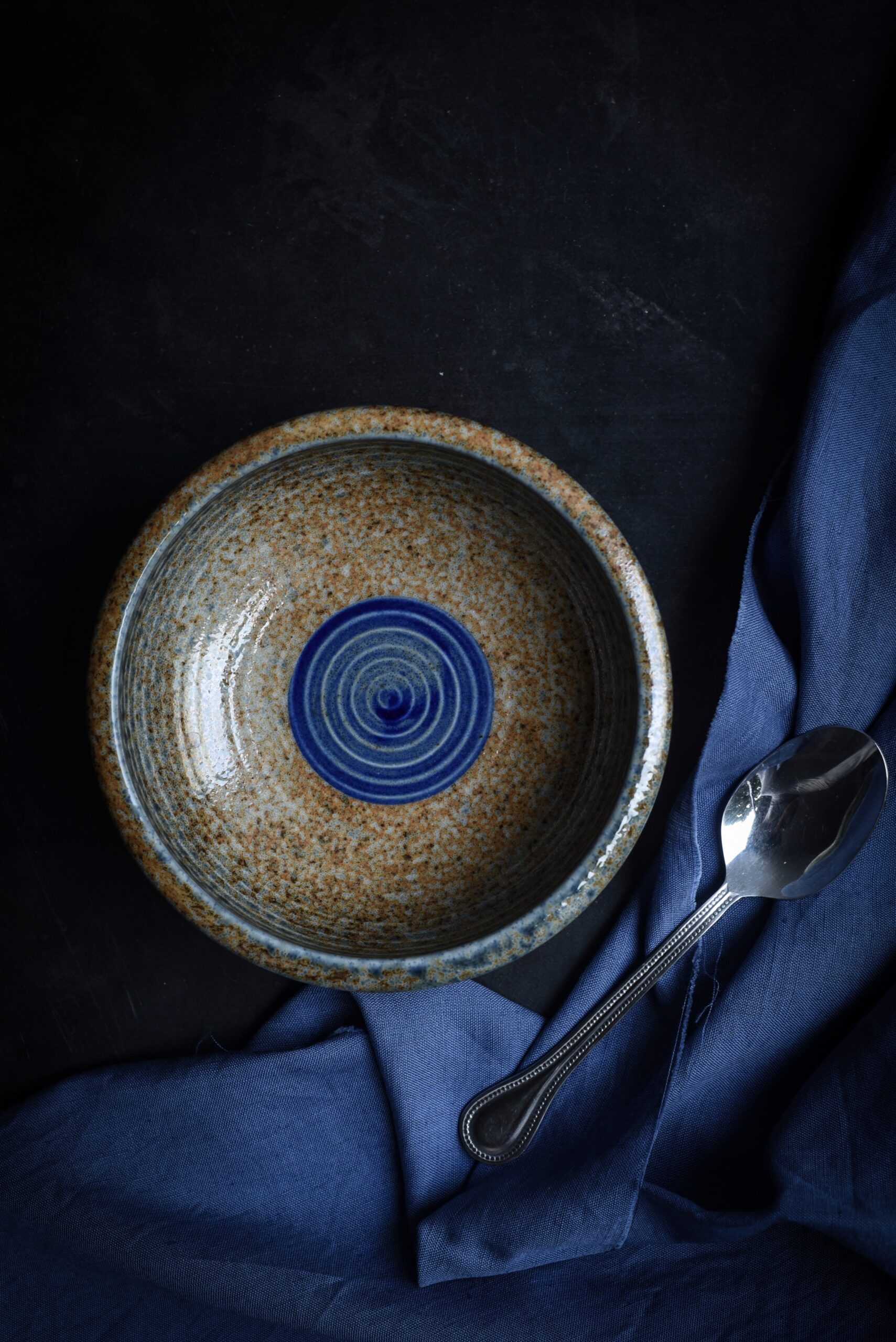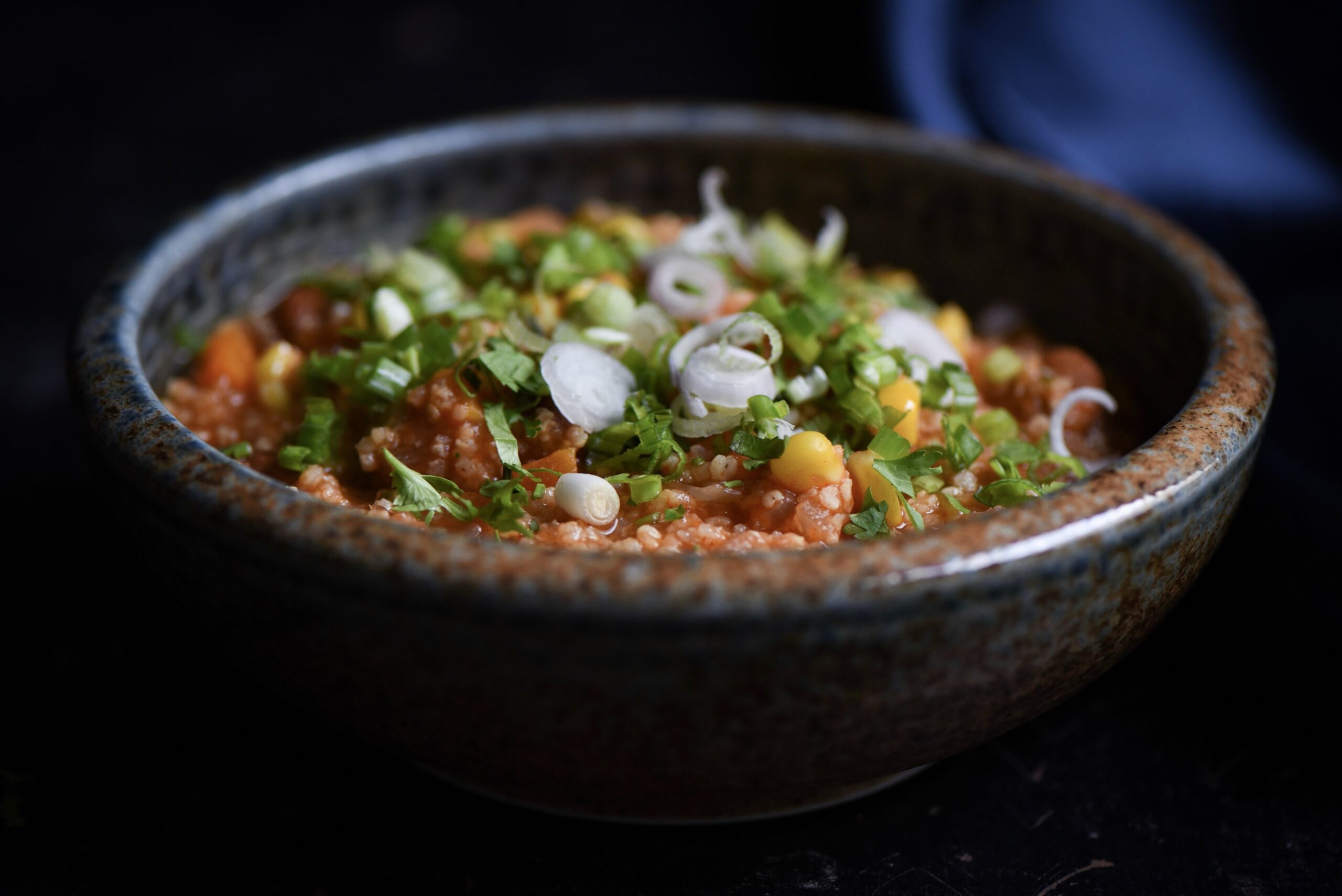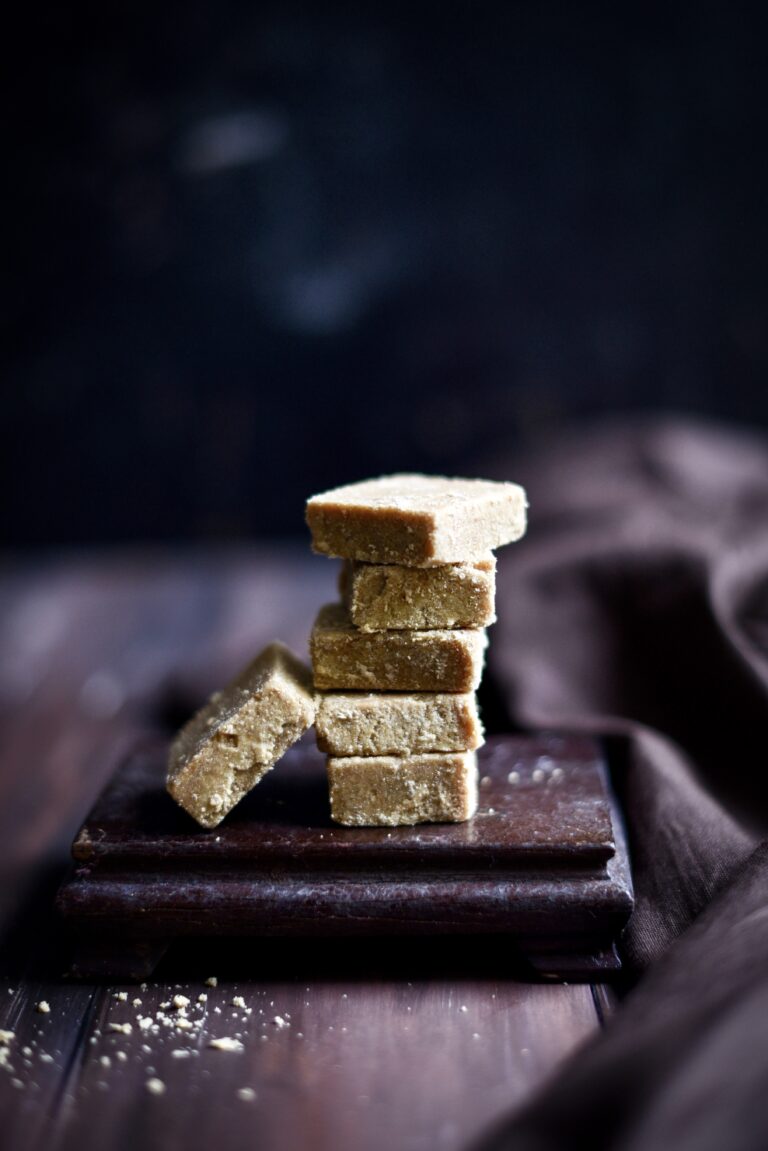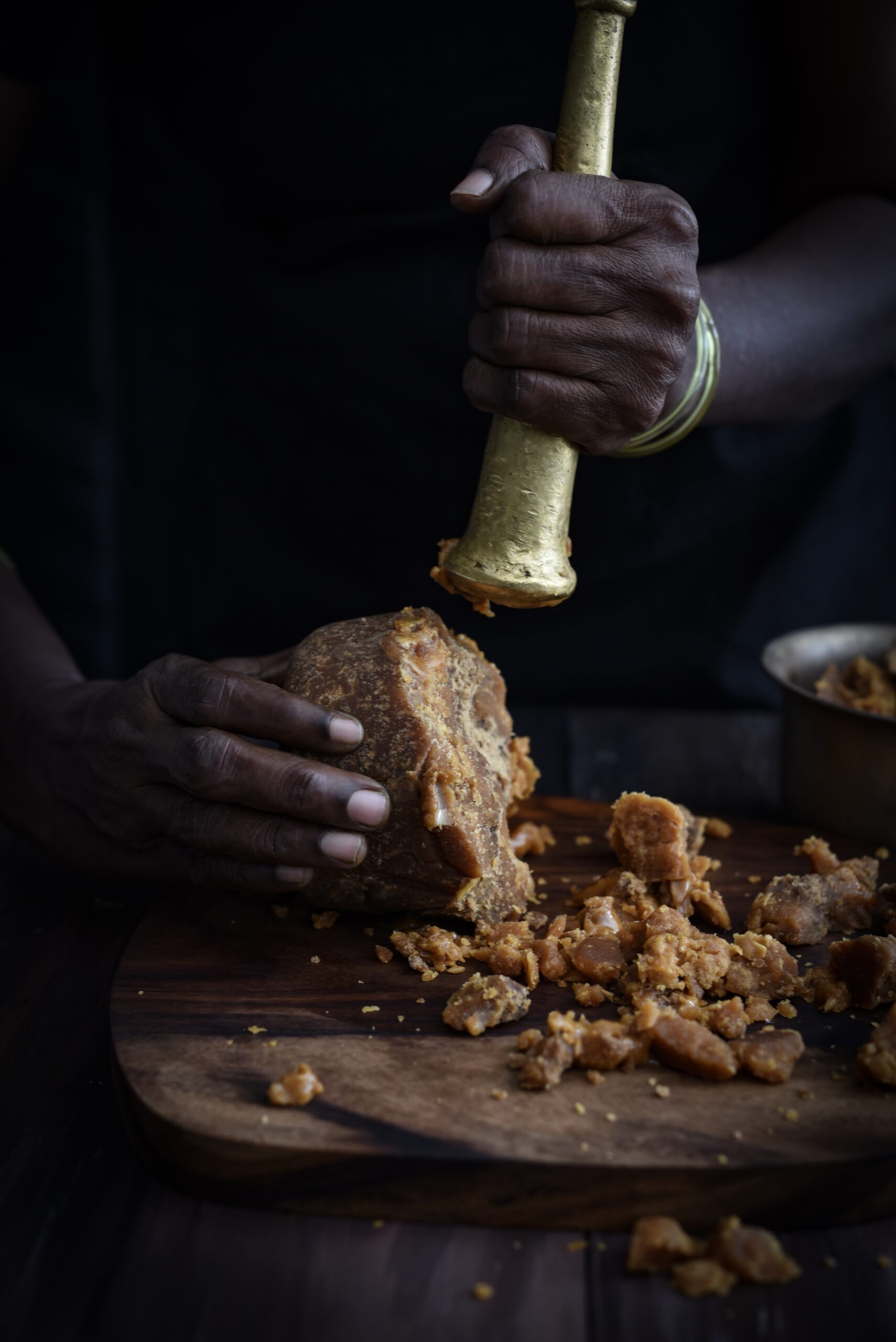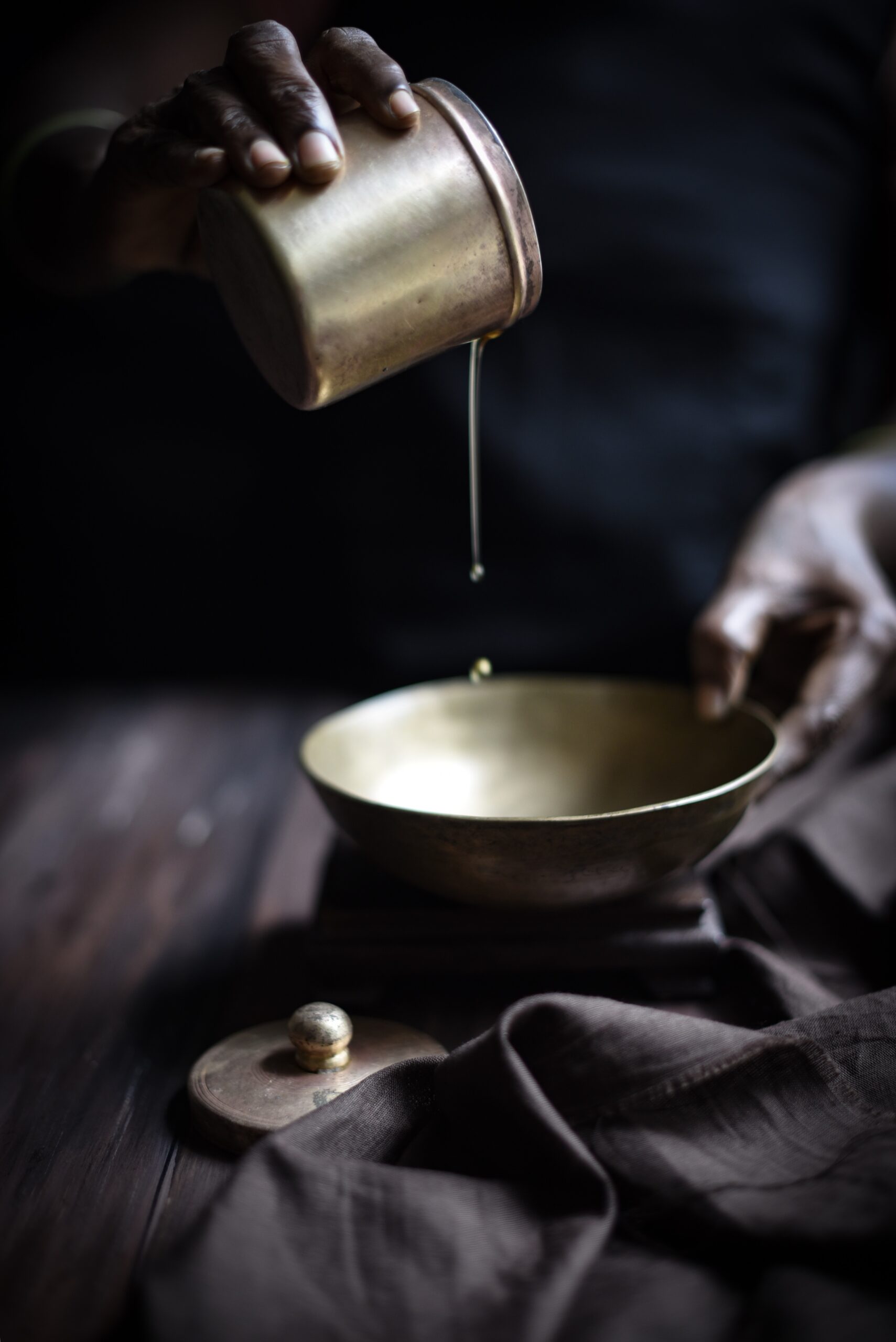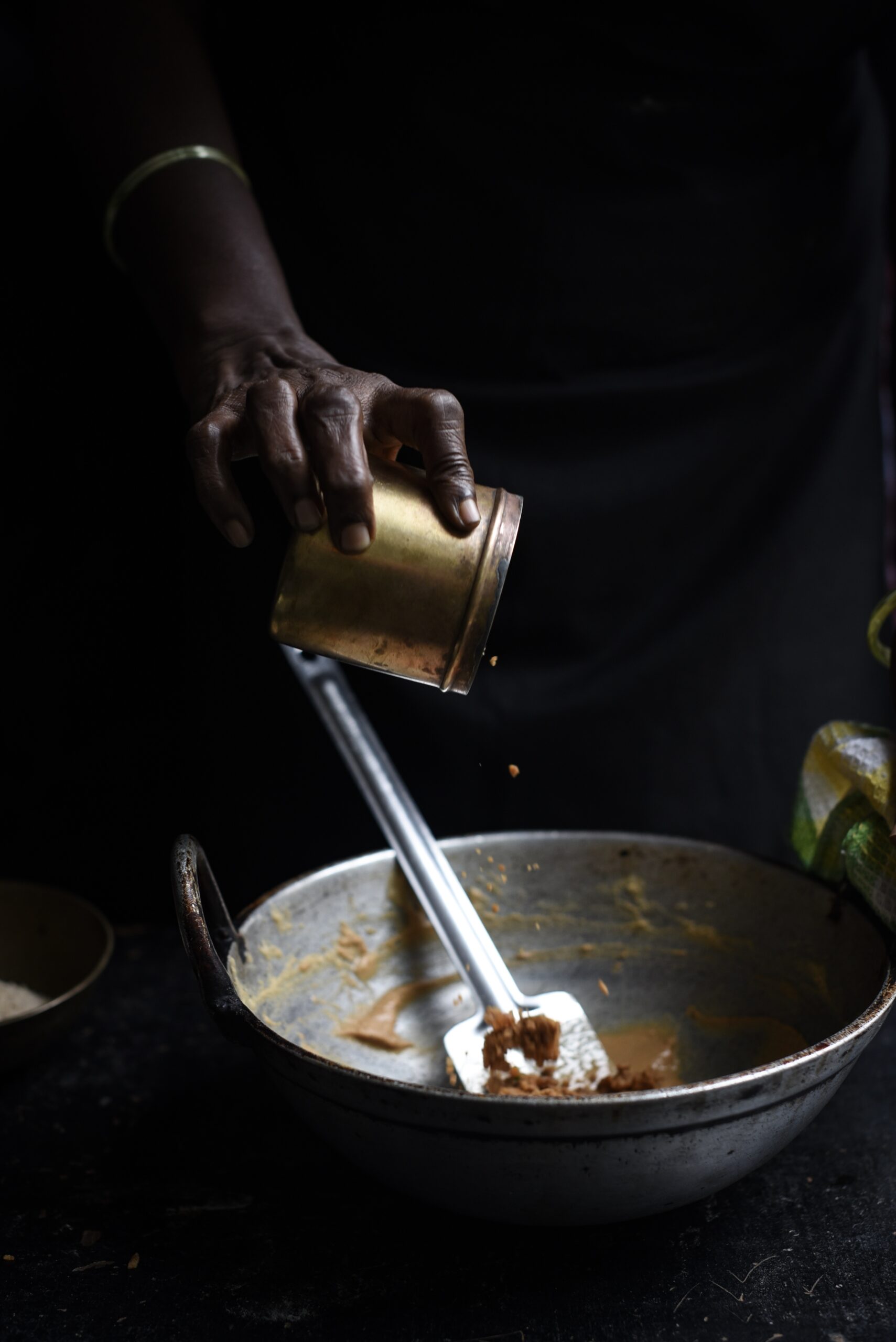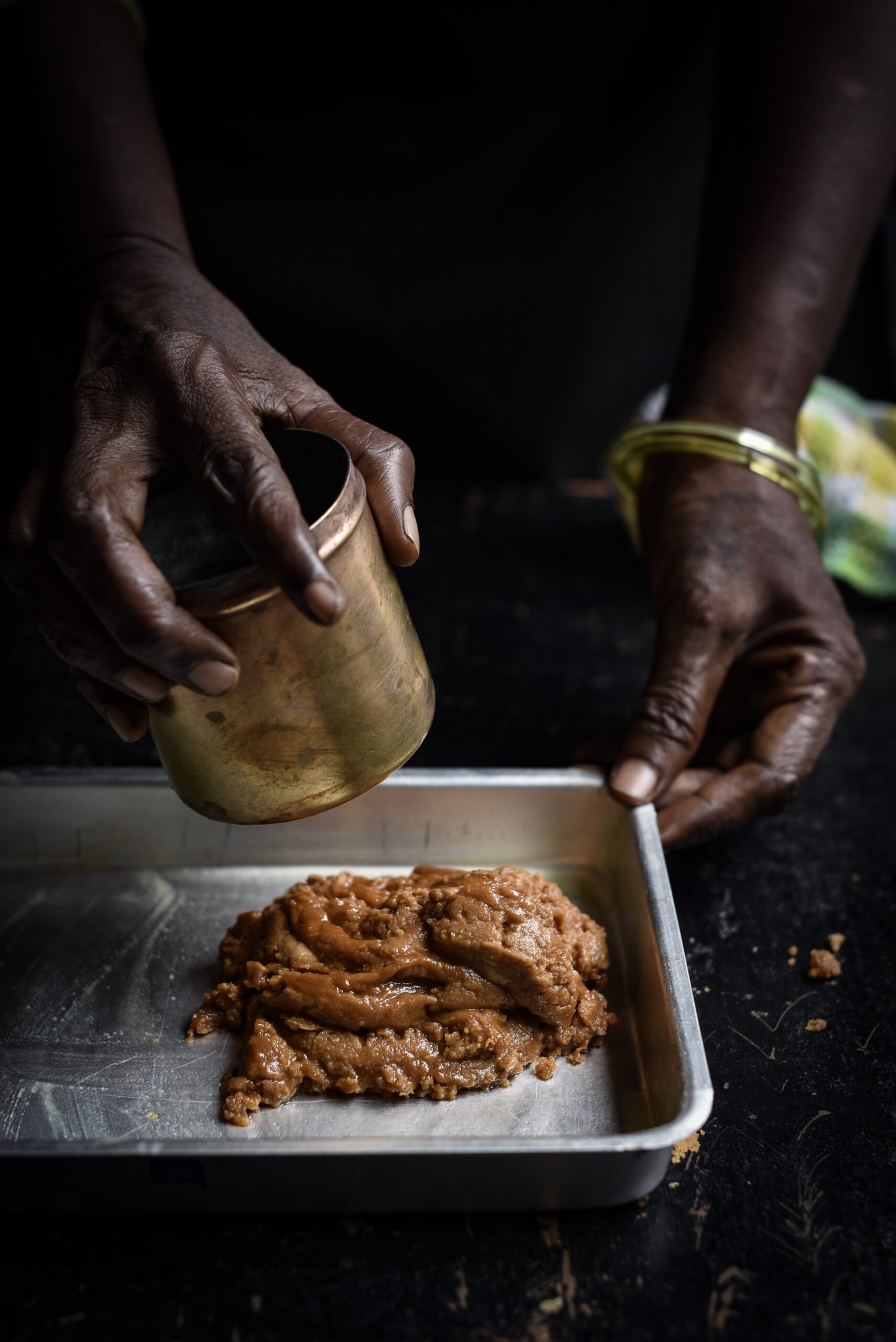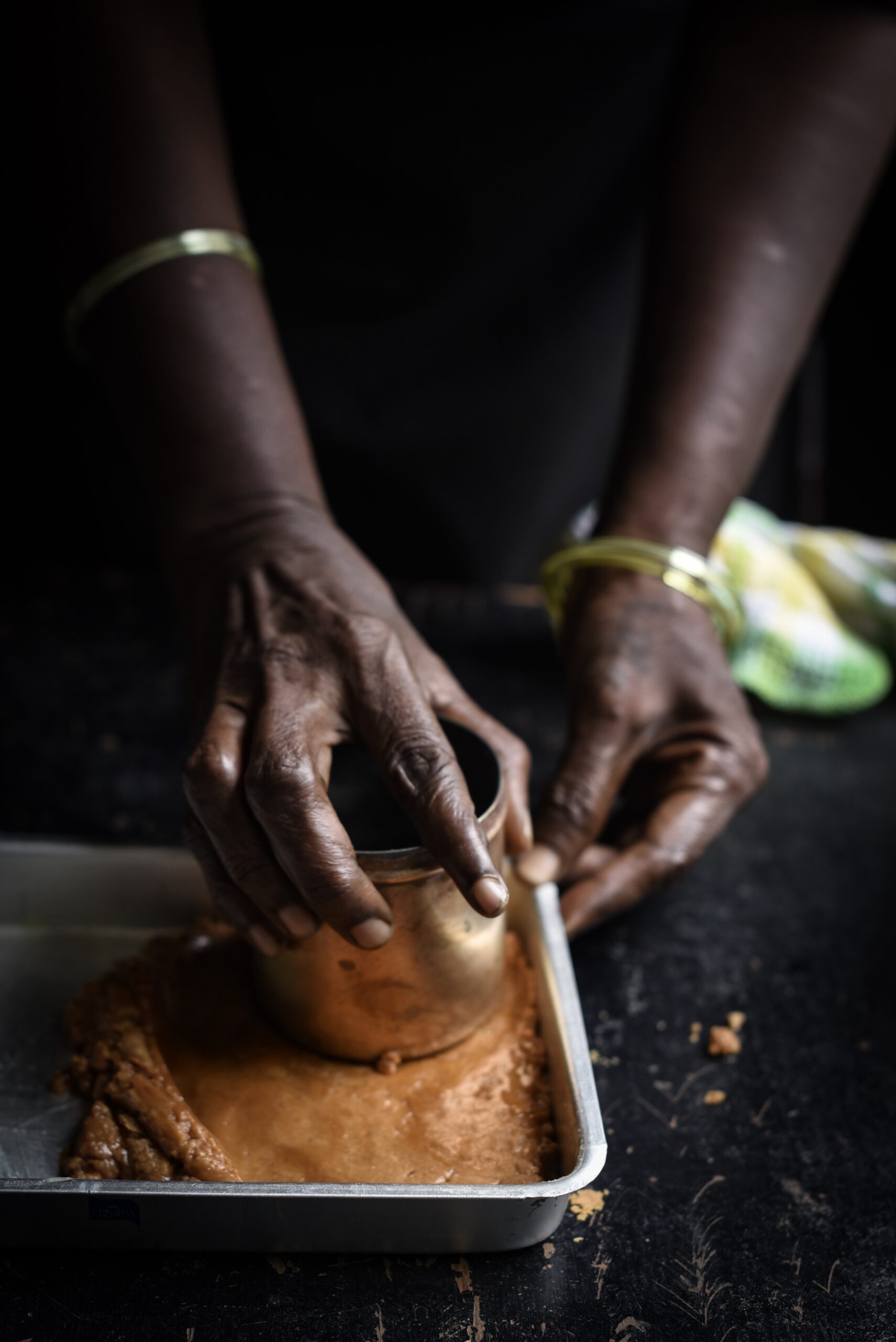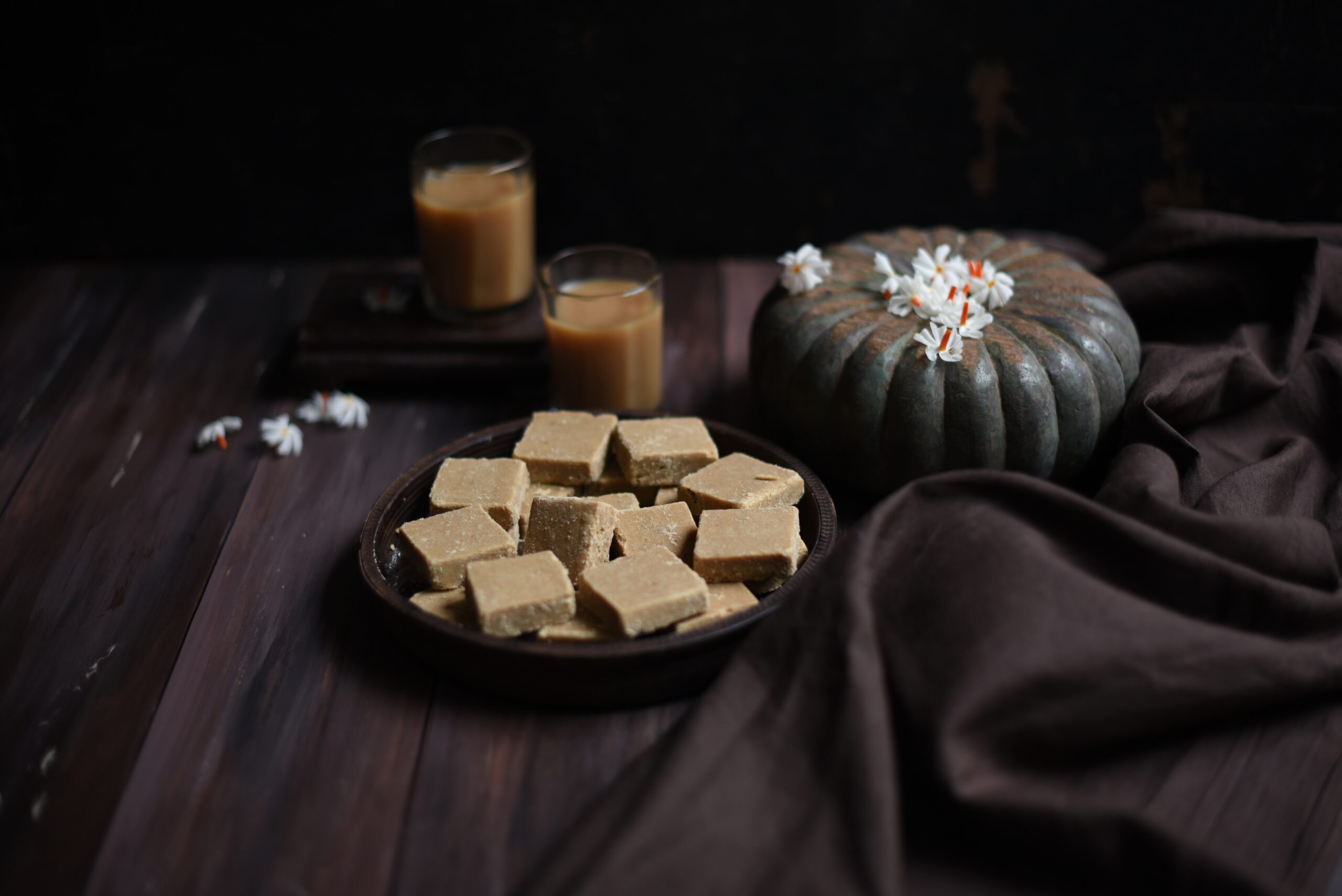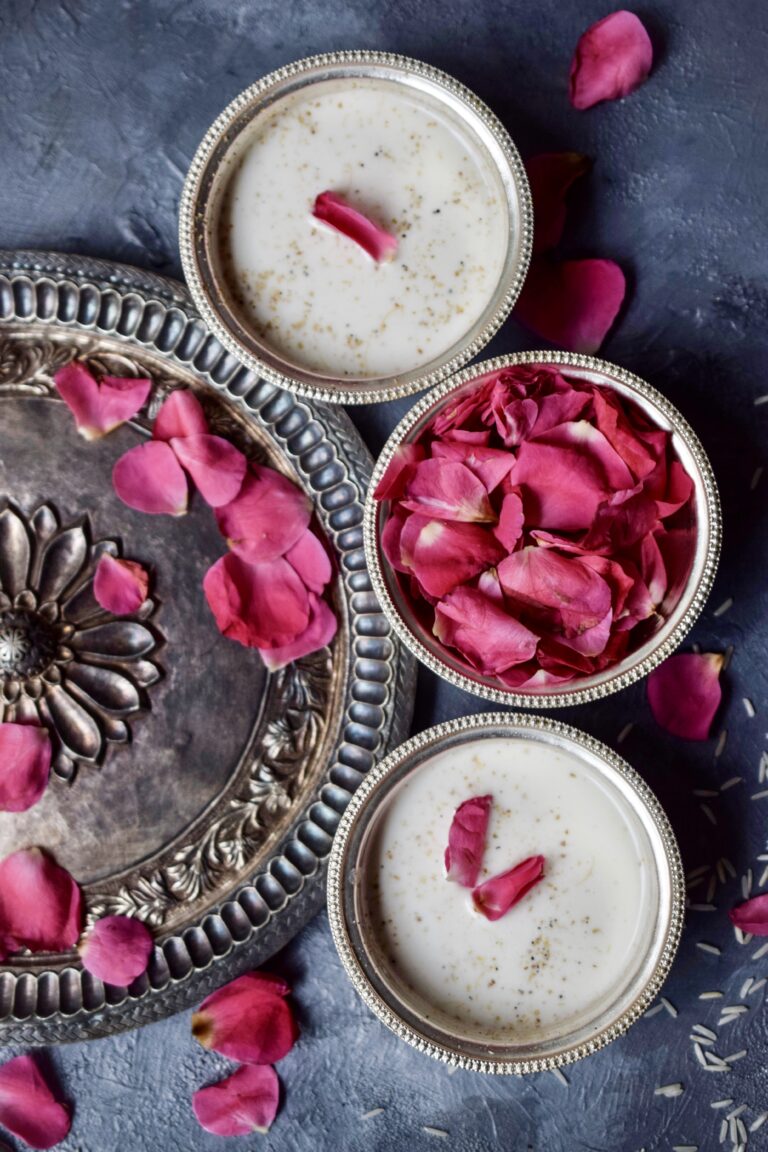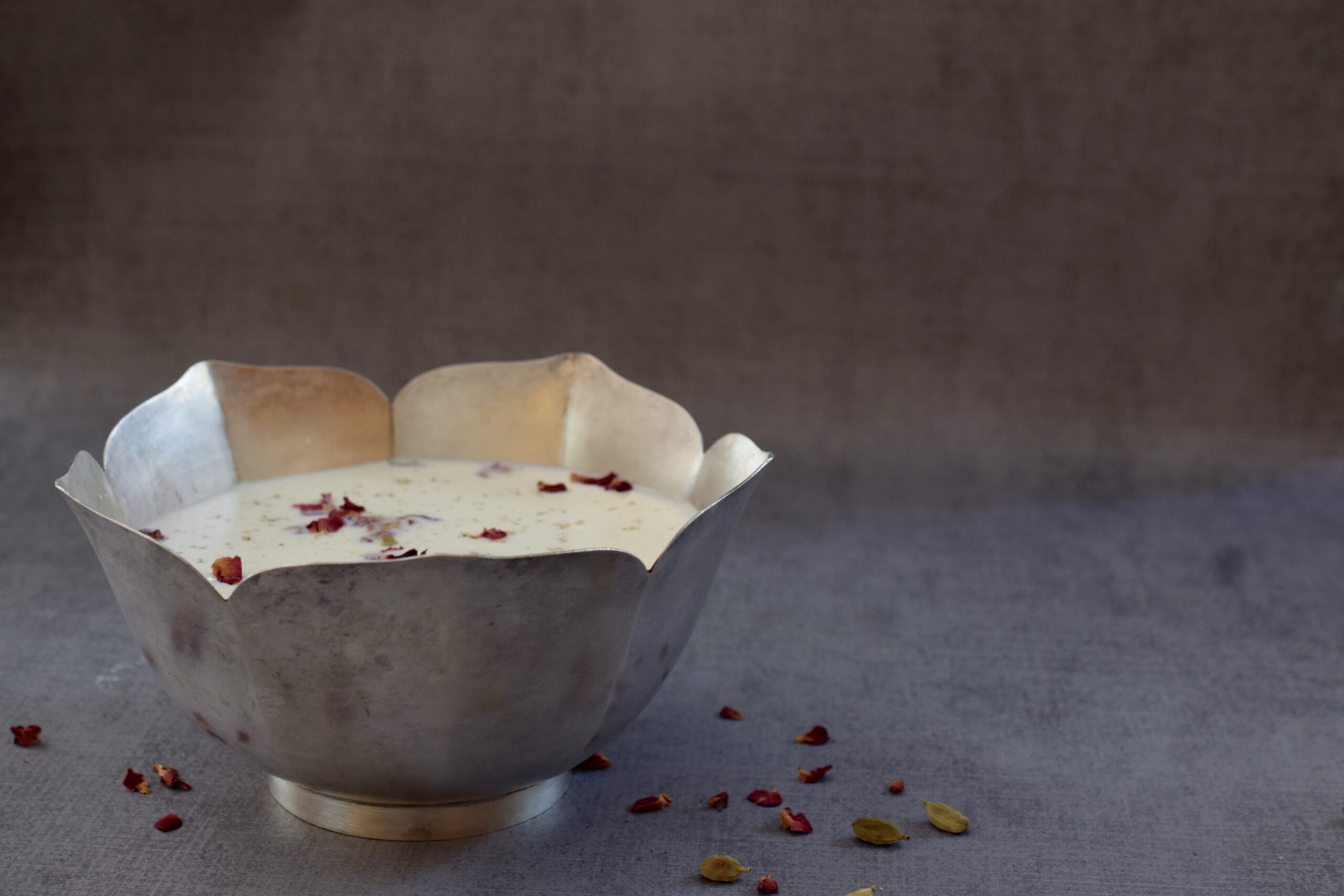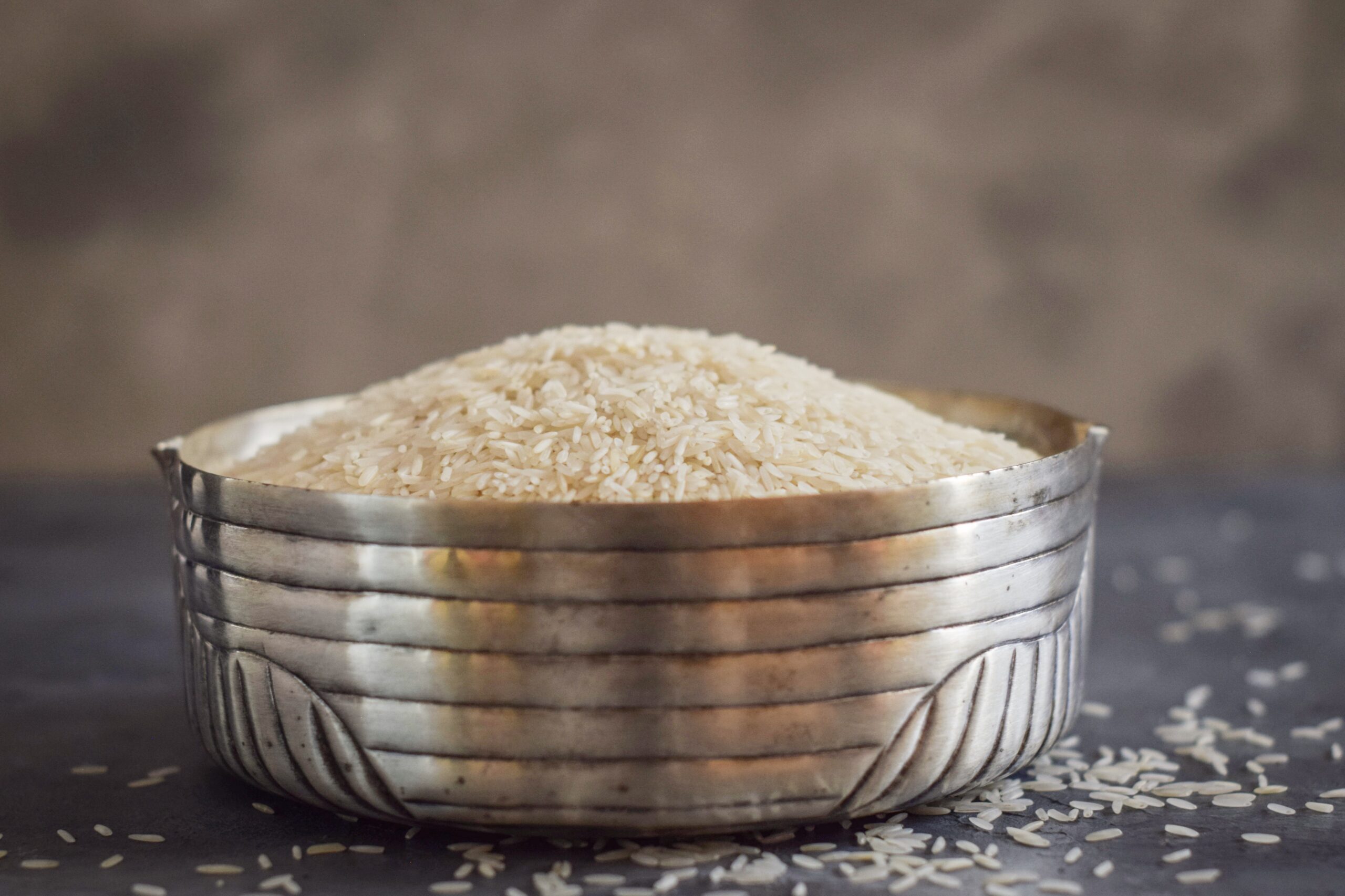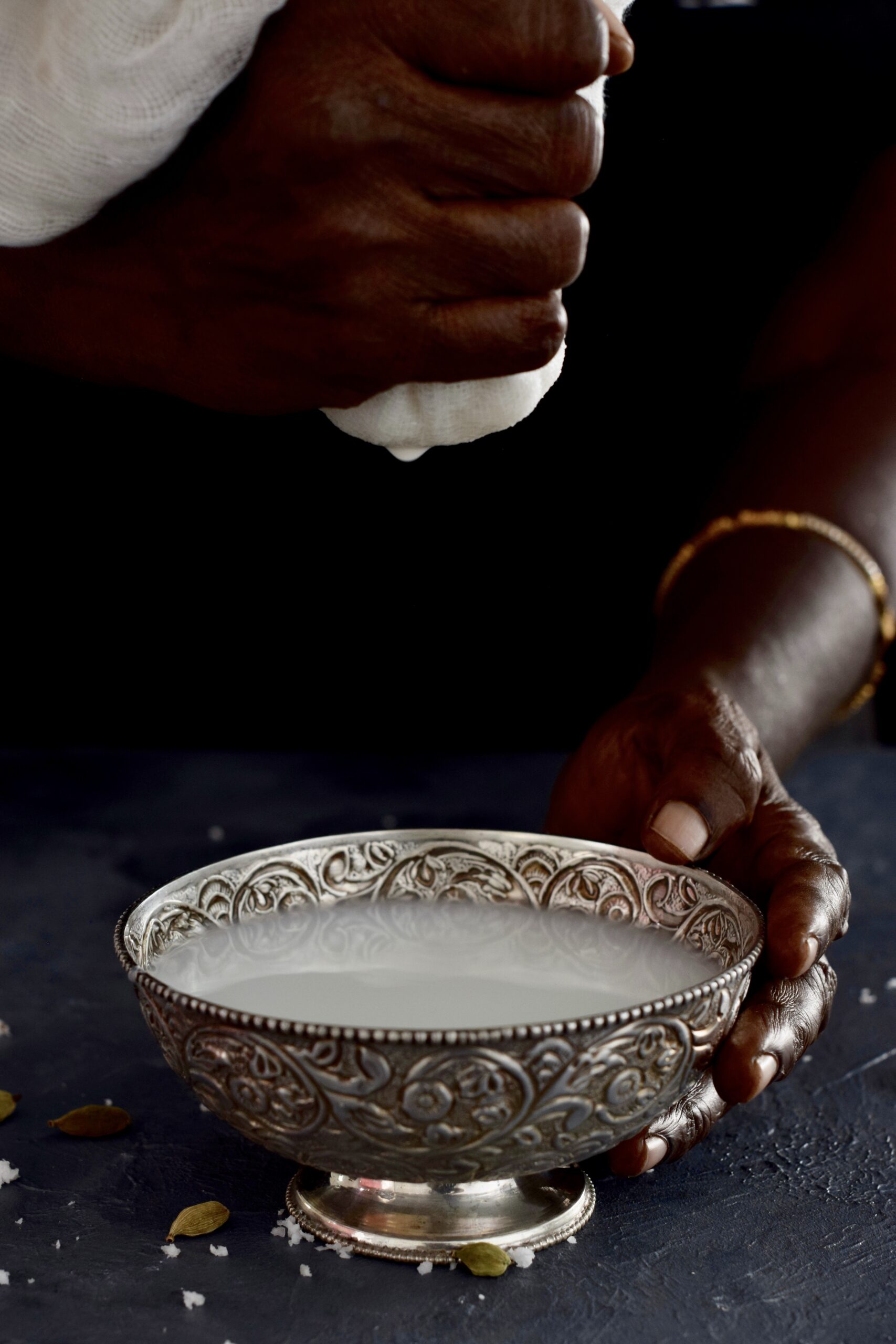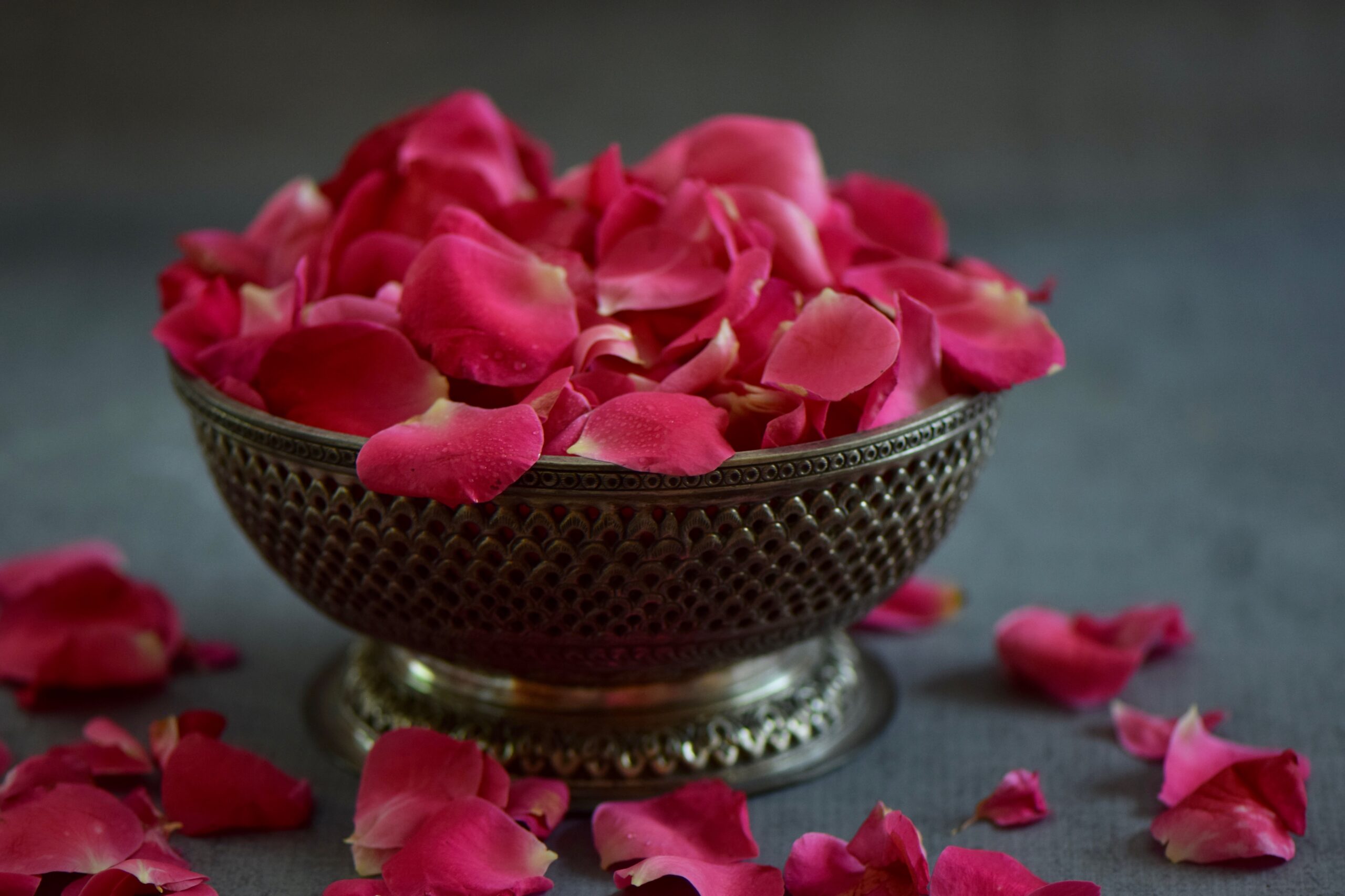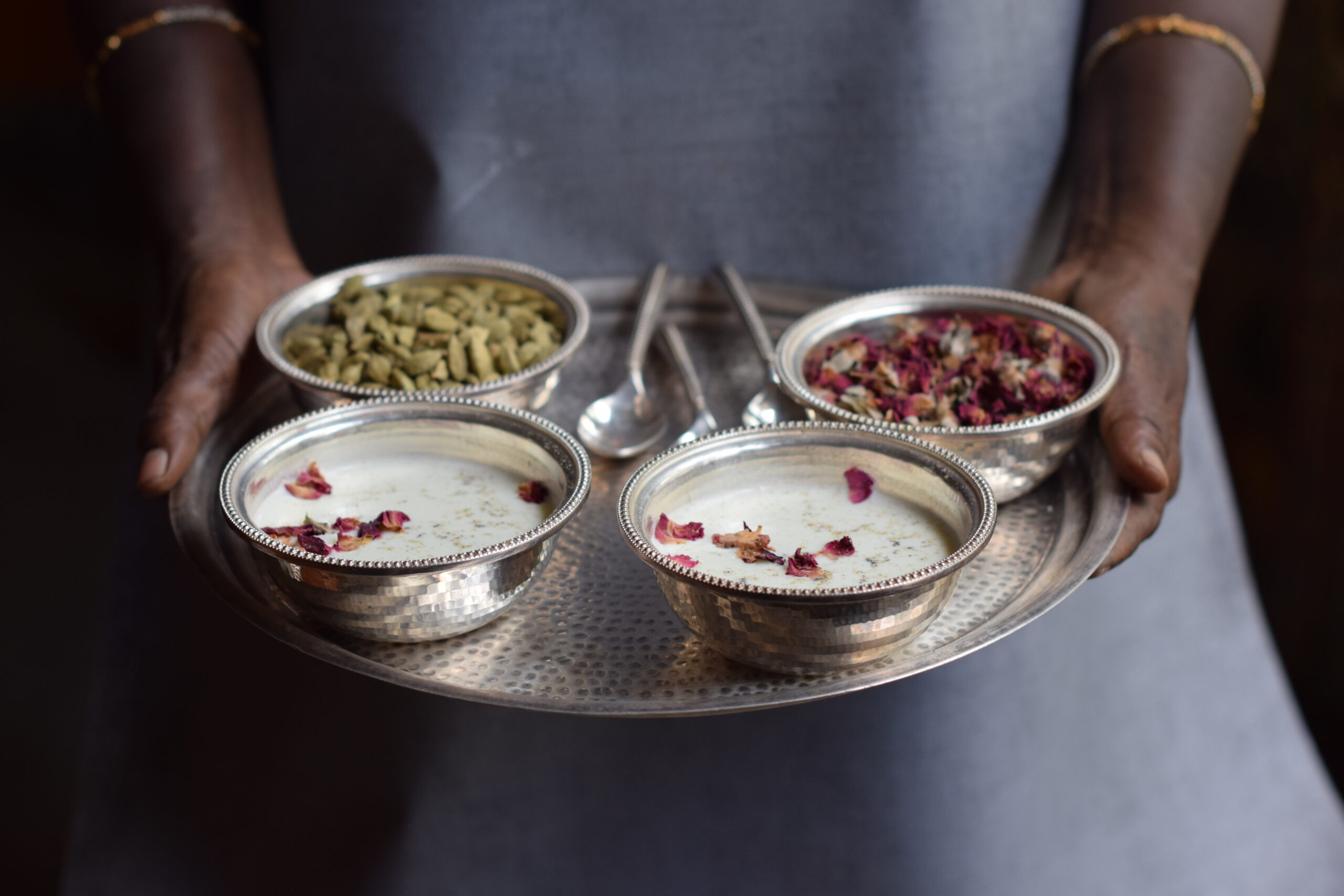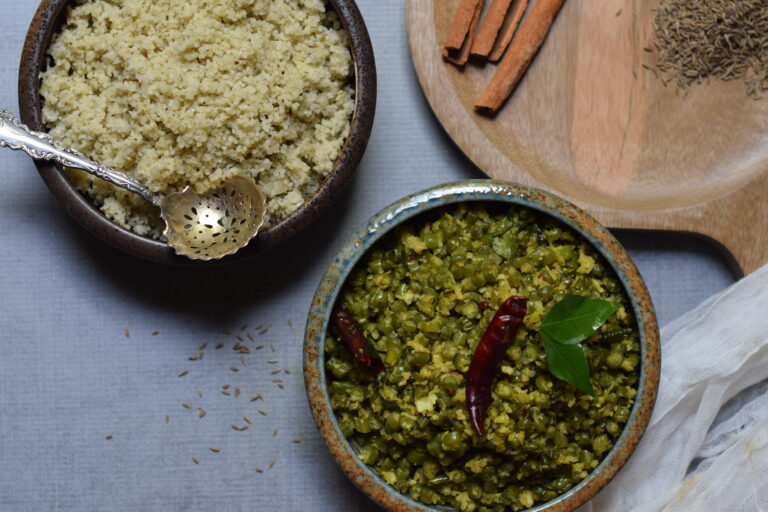I hope you’ve been enjoying this series on traditional dishes made from leftovers (please see Part 1 and Part 2, if you haven’t already). To recap: in the absence of refrigeration, and because of the need to conserve resources, many cuisines in India and elsewhere developed sub-genres. These culinary sub-genres make use of extras either prepared during the initial cooking, or kept aside after the meal. Using these leftovers, a new dish is prepared. Fridges are really quite new for most of India. I remember visiting my grandparents’ home in Vijayawada one summer when they had purchased a huge fridge. It was such a novelty that neighbours would visit just to see the machine. Besides, not wasting food has long been considered a cultural virtue.
Today, the recipe I want to share with you is a classic go-to dish: masala curd rice, made in my mother’s Gujarati style. It was a staple in my house for Sunday dinner while I was growing up. This was because we had school the next day, and our mother would be busy helping us with our homework. In those days, we had no help at home, so our dad taught us how to iron our own uniforms and polish our own shoes. These tasks would keep us occupied on Sundays as we prepared for the school week ahead. By the time dinner came, we were usually too tired to think much. So we never minded the unfussiness of the meal. And mom, of course, was always relieved to make this easy dish.
Leftover rice is something that lends itself easily to a variety of dishes. For instance, there are theplas, which you may remember from this post on Indian breads. There are also muthias, which are made by adding flour and spices to the rice, rolling them and steaming them.
South Indians have their own methods too, including their own curd rice (known as thayirsadam), as well as pazhayachoru, in which rice is fermented overnight with a green chilli in it. This was originally a staple among farmers, who started their days early and needed to have a meal ready in the morning. You may be surprised to know that it is very healthy. The American Nutrition Association in fact recommends rice soaked the previous day as the best breakfast, with a host of benefits for the health including increased energy, decreased hypertension and good digestion.
This Gujarati Masala Curd Rice is yoghurt-based, which means that it is of course rich in probiotics and excellent for digestion. The spices used are available in literally every kitchen cabinet in India.
Gujarati Masala Curd Rice
(Yield: 1 ½ cups)
Ingredients
1 cup cooked rice
½ cup yoghurt
1 tsp chickpea flour
Salt to taste
1 dried red chilli (not too spicy)
A few curry leaves
¼ teaspoon turmeric powder
½ teaspoon coriander/cumin powder
Asafoetida (optional)
2 teaspoon oil
¼ teaspoon cumin seeds
¼ teaspoon mustard seeds
Remember: the key to the dishes in this Second Helpings series is their simplicity. This one in particular is so simple, yet so filling.
In a pot, add the oil and once it’s hot, add the cumin and mustard seeds. Wait till they splutter, and then add the red chilli and curry leaves. Immediately after, add the yoghurt and flour and stir so that the yoghurt does not split. Now, add all the remaining ingredients and stir.
Garnish with coriander leaves and serve hot. Gujarati Masala Curd Rice is a meal in itself, and is both flavourful and cooling. Ideal for summers, for light evening meals following afternoon feasts and as comfort food in general.
I hope you’ve enjoyed this Second Helpings series. I’d love to hear from you in the comments below about the dishes you make, or remember eating as you grew up, that fall into the resourceful, innovative category of “leftovers”. I’m sure your parents were so excellent at whipping up what seemed like a whole new dish that you didn’t always know that that’s actually what they were!
